Jul 10, 2025
Motorcycle Fairings: How to Choose the Right Type for Your Bike
Motorcycle fairings are an essential component for riders looking to enhance their bike’s performance, aesthetics, and overall protection. These streamlined covers can significantly improve aerodynamics, reduce wind resistance, and provide some level of protection in the event of an accident. However, choosing the right type of motorcycle fairing can be a daunting task for both new and experienced riders. In this article, we will explore the various types of motorcycle fairings and provide tips on how to select the best option for your bike.
Understanding Motorcycle Fairings
What Are Motorcycle Fairings?
Motorcycle fairings are protective shells that cover the bike’s frame and components. These accessories help improve the motorcycle’s aerodynamics by reducing drag caused by wind resistance. In addition to their aerodynamic advantages, fairings also serve to protect the rider from elements like wind, rain, and debris.
There are different styles and designs of fairings to suit various riding styles and aesthetic preferences. Fairings can be classified into three main types: full fairings, half fairings, and quarter fairings. Understanding these categories is key to choosing the right option for your motorcycle. As a result, fairings play an important role in both performance and comfort during rides.
Benefits of Motorcycle Fairings
The benefits of adding fairings to your motorcycle are significant. First and foremost, they enhance aerodynamics. By covering the bike’s frame and parts, fairings help streamline airflow, allowing the motorcycle to achieve higher speeds with less effort. This is particularly beneficial for sportbikes and touring motorcycles, where aerodynamic efficiency is paramount.
Moreover, fairings provide protection to vital components like the engine, electronics, and rider. In case of a crash, the fairings can mitigate damage to these parts. Additionally, they offer some level of wind protection, which contributes to rider comfort during long rides by reducing fatigue caused by wind resistance. For anyone who rides regularly, these benefits make fairings a worthwhile investment.
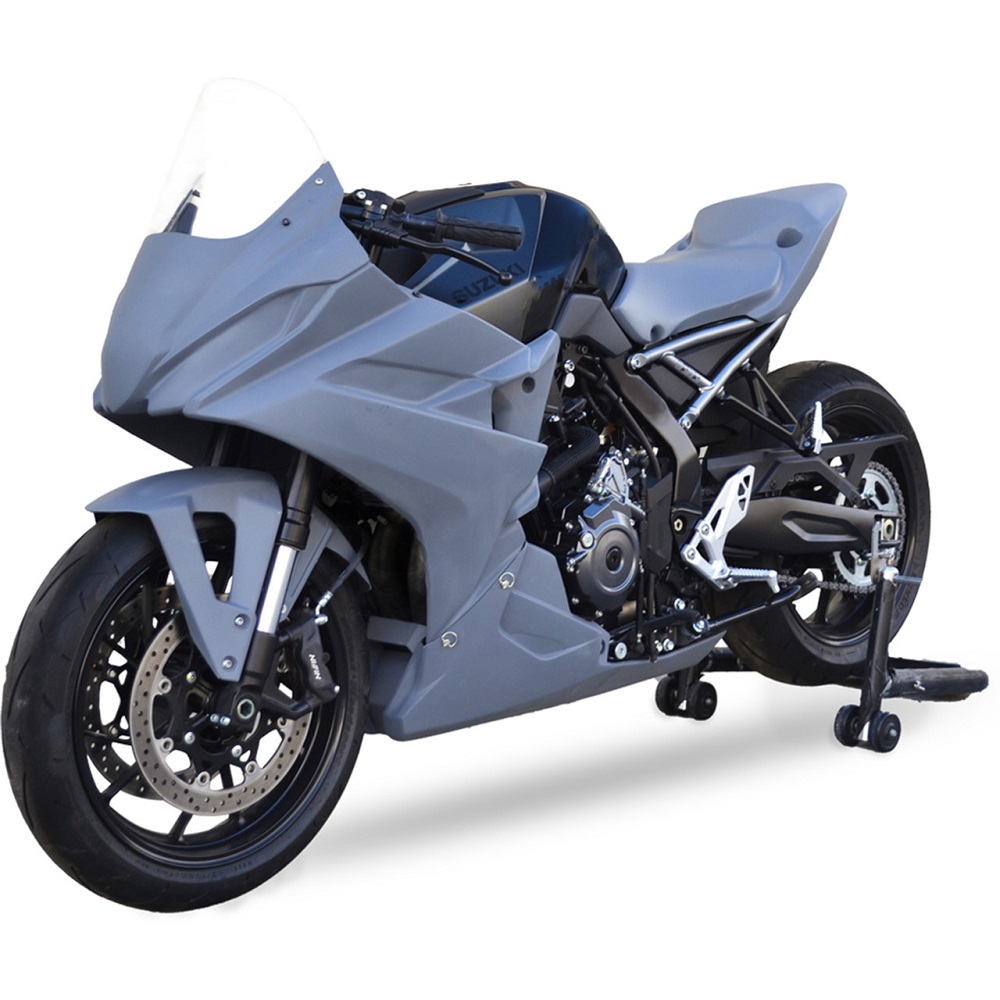
Different Types of Fairings
Full Fairings
Full fairings envelop the entire motorcycle, covering the front, sides, and sometimes even the rear. This comprehensive design provides the best aerodynamic efficiency and protection. Full fairings are commonly seen on sportbikes and touring motorcycles, where speed and comfort are priorities.
The integrated design of full fairings contributes to a sleek, unified appearance. This aesthetic appeal, along with the performance benefits, makes full fairings a popular choice among riders. However, they can be more expensive than other types of fairings, and installation may require professional assistance.
Half Fairings
Half fairings provide partial coverage for the motorcycle, usually covering just the front and sides of the bike. They are a great compromise between full and quarter fairings. While offering some wind protection, they still allow for a more open design, which many riders find appealing.
Half fairings are commonly found on cruisers and some sport-touring bikes. They provide decent aerodynamics while maintaining a classic or retro look. Riders who prioritize styling without sacrificing too much performance may choose this type of fairing. They are also a popular option among those who ride in more temperate climates, where full wind protection may not be necessary.
Quarter Fairings
Quarter fairings, also known as mini fairings, provide minimal coverage typically around the headlight area. These fairings protect the rider’s upper body from wind while still allowing for a more open riding experience. Riders commonly use quarter fairings on cafe racers and some classic motorcycles, giving them a vintage appearance.
Quarter fairings add a unique stylistic element to many bikes. Riders who prioritize a classic or retro look may lean towards this option. However, while they offer less aerodynamic advantage than full or half fairings, they can improve comfort for shorter rides. They are perfect for those who want to enjoy the riding experience without feeling fully enclosed.
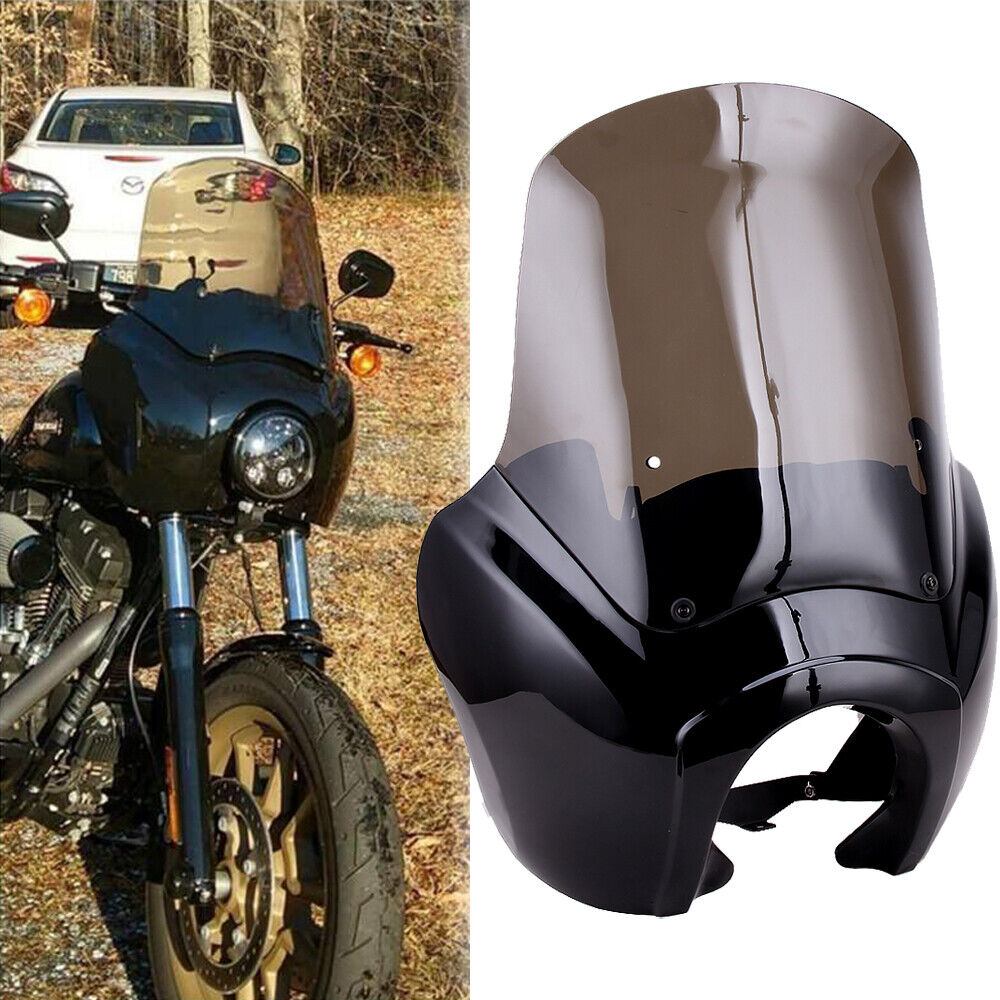
Choosing the Right Fairing Material
Fiberglass
Fiberglass is a common material used for motorcycle fairings. It is lightweight and durable, making it ideal for a variety of applications. Fiberglass fairings can be molded into complex shapes, providing excellent aerodynamics and a sleek appearance.
Additionally, fiberglass can be painted in various colors and designs, allowing riders to customize their fairings to match their bikes. However, fiberglass can be more susceptible to cracking during impacts than some other materials. Understanding these attributes will help riders decide if fiberglass is the best fit for their motorcycle.
ABS Plastic
Another popular material for motorcycle fairings is ABS plastic. This material is known for its strength and impact resistance. ABS fairings tend to be more flexible compared to fiberglass, which makes them less likely to break upon impact.
Moreover, ABS plastic can be manufactured in a wide range of colors and designs, providing aesthetic versatility. It is also generally more affordable than fiberglass options. For riders looking for a durable and cost-effective solution, ABS plastic fairings are a smart choice.
Carbon Fiber
Carbon fiber is the premium option for motorcycle fairings. It is incredibly lightweight and offers superior strength compared to both fiberglass and ABS plastic. This high-performance material is often used in racing and high-end motorcycles, as it improves overall efficiency and speed.
The high cost of carbon fiber products may deter some riders, but the undeniable performance benefits are attractive to others. For serious enthusiasts looking to push their bikes to the limit, carbon fiber fairings are an ideal choice. They combine style and functionality to enhance the overall riding experience.
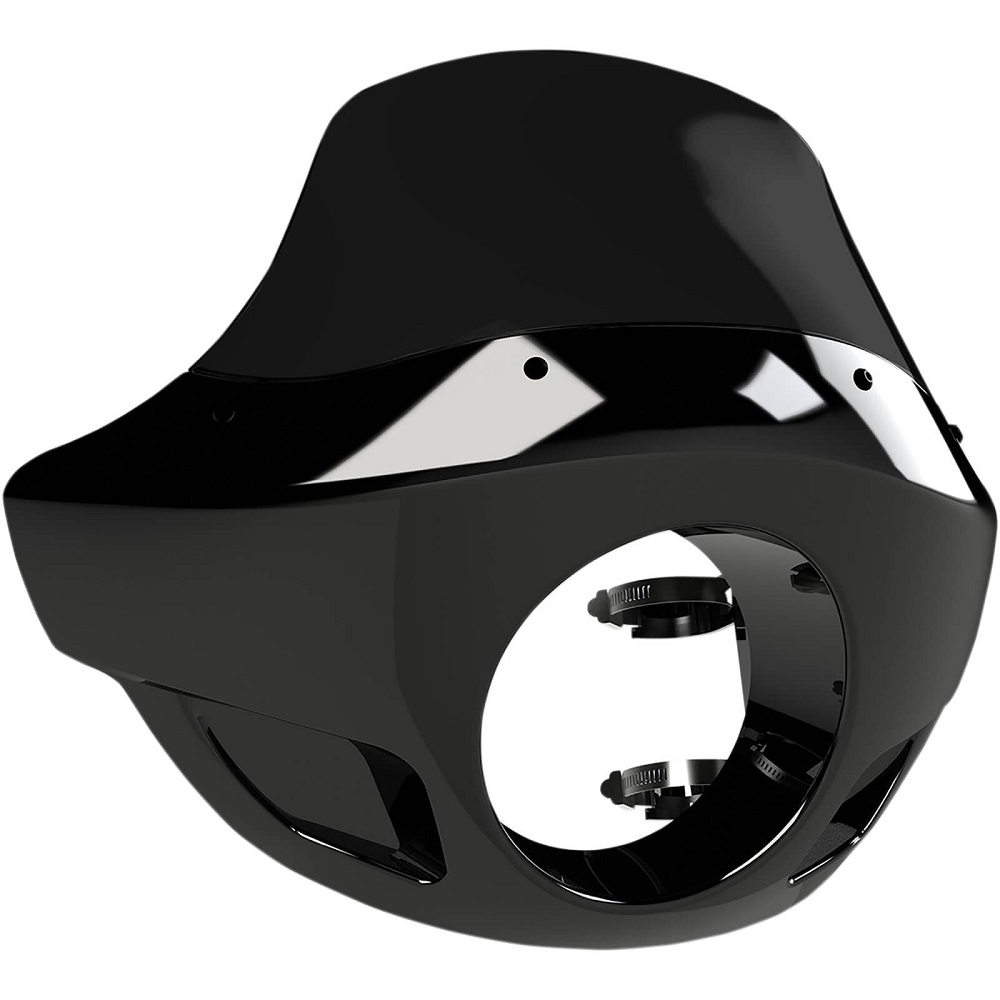
Considerations for Installation
Professional Installation vs. DIY
When deciding to add fairings to your motorcycle, you should consider how to complete the installation. While some riders may choose a DIY approach, many experts recommend professional installation, especially for full fairings.
Installing full fairings typically involves intricate work that ensures proper alignment and fit. Incorrect installation may lead to performance issues or safety concerns. If you’re not confident in your skills, it’s best to consult a professional who can ensure the fairings are installed correctly.
Compatibility with Your Motorcycle
Before purchasing fairings, ensure they are compatible with your motorcycle model. Not all fairings fit all brands and models, so it’s crucial to check compatibility. Researching the specific fairing designed for your make and model will help you avoid purchasing something that doesn’t fit properly.
Additionally, consider how the fairing will affect your bike’s handling and performance. Fairings can change wind resistance and weight distribution, influencing overall handling. Understanding these adjustments will allow you to make more informed decisions when choosing fairings for your motorcycle.
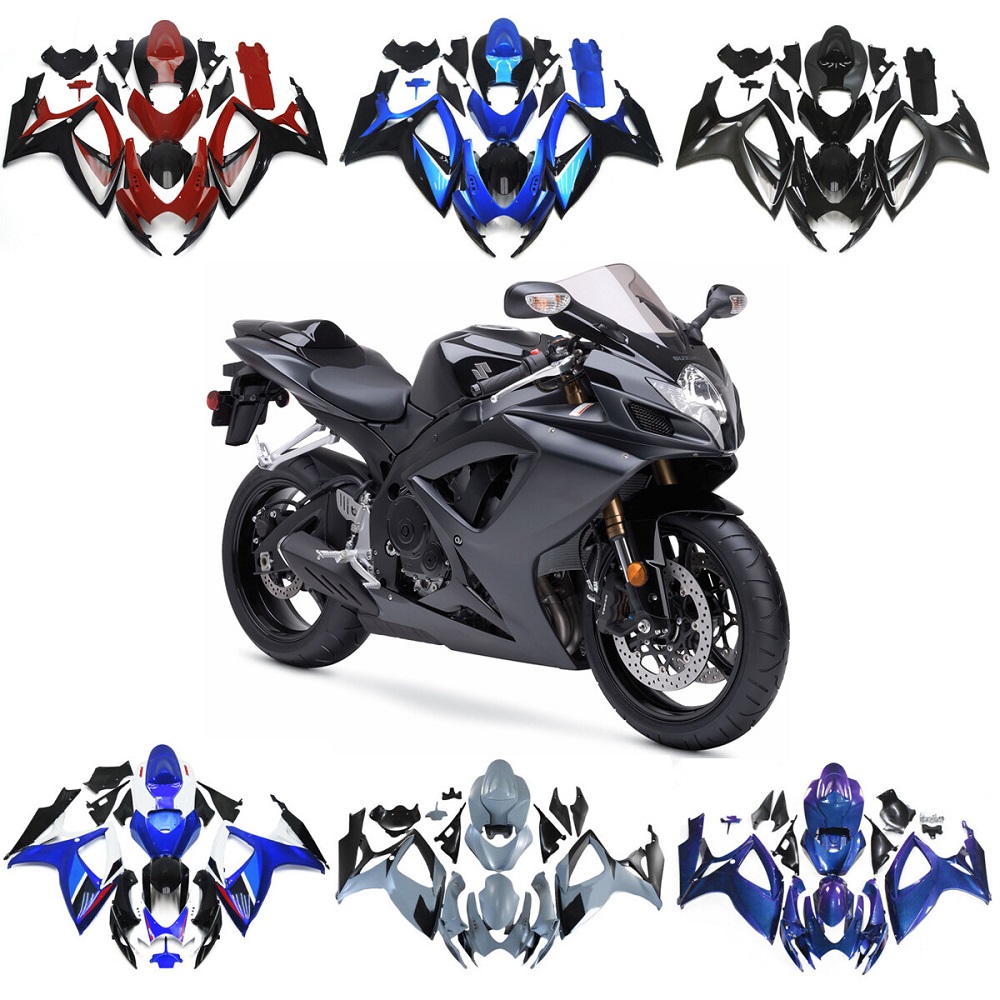
Maintenance Tips for Fairings
Regular Cleaning Practices
Maintaining your motorcycle fairings is crucial for prolonging their life and appearance. Due to their exposure to the elements, fairings can accumulate dirt, debris, and grime. Regular cleaning will help prevent the buildup of contaminants that can damage the finish over time.
Using a gentle soap and water solution, clean your fairings with a soft cloth or sponge. Avoid using harsh chemicals, as these can cause discoloration and damage the material. Rinse thoroughly to remove any soap residue, and dry them with a microfiber towel to prevent water spots.
Inspecting for Damage
In addition to cleaning, regularly inspecting your fairings for signs of damage is essential. Look for cracks, chips, or signs of wear in the paint. If you notice any issues, address them promptly to prevent further damage. Minor repairs can often be remedied by applying touch-up paint or using a fairing repair kit.
Performing a thorough inspection after riding in harsh conditions is particularly important. Take note of how the fairings respond to extreme weather or road conditions. Regular maintenance can save you from costly repairs in the long run and keep your bike looking fresh.
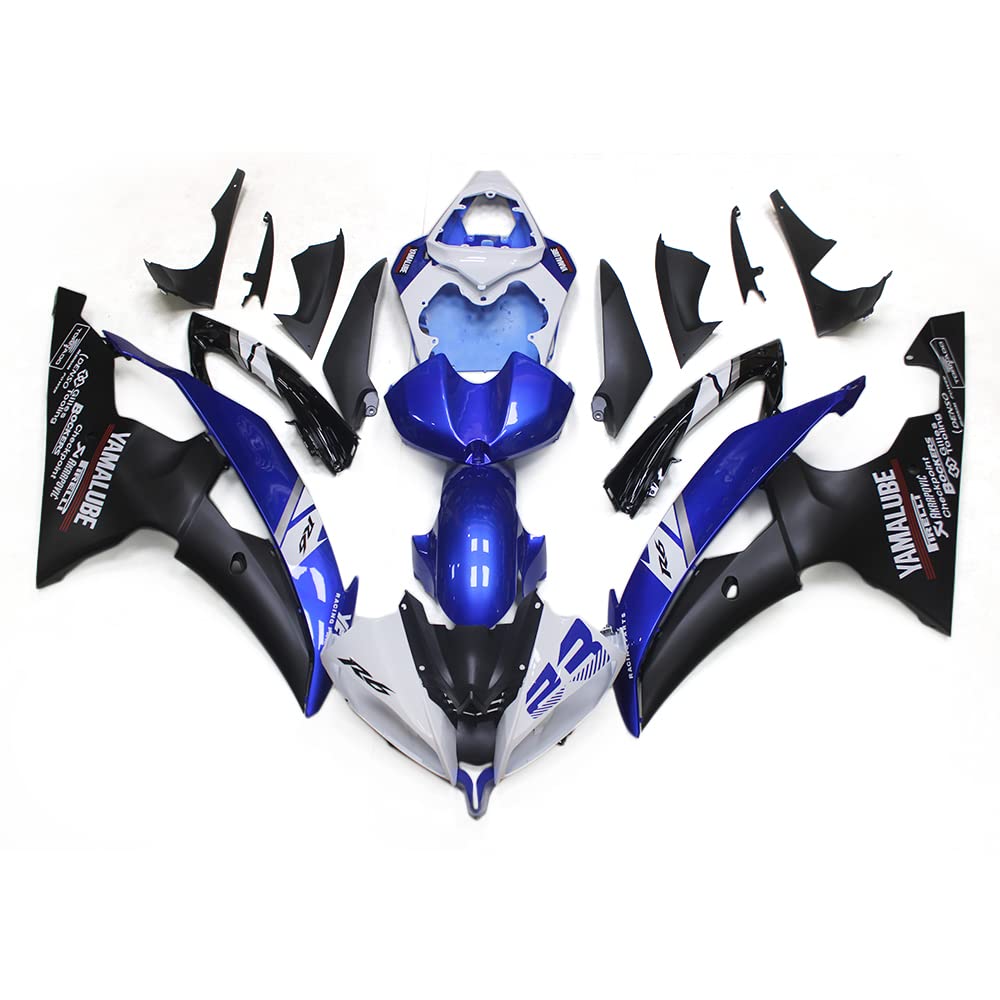
Enhancing Your Motorcycle Experience
Personalized Design
One of the exciting aspects of installing fairings on your motorcycle is the opportunity to personalize them. Many manufacturers offer customizable options that allow you to choose colors, patterns, and even graphics. A well-designed fairing can make your motorcycle stand out and reflect your personality.
Consider adding professional graphics or decals to further enhance the look of your ride. With so many design possibilities, you can create a unique aesthetic that suits your individual style. Personalizing your motorcycle not only makes it more enjoyable to ride but also shows off your creativity to others.
Connecting with the Community
Finally, engaging with the motorcycle community can enhance your experience. Joining forums or local clubs allows you to connect with fellow enthusiasts who share your passion. These connections can provide valuable information about fairing options, installations, and personal experiences.
Attending motorcycle events and exhibitions can also broaden your knowledge about different fairings on motorcycles and styles. Community engagement fosters a sense of camaraderie among riders, and sharing experiences enhances your overall motorcycle journey. Embrace the thrill of riding and connect with others who share your passion for both the ride and the unique fairing designs that contribute to your motorcycle’s performance and aesthetic.
Conclusion
Choosing the right motorcycle fairings involves understanding your needs, preferences, and available options. With various types of fairings, materials, and styles, finding the best fit for your motorcycle and riding style is essential.
Consider factors such as the fabric type, fit, installation process, and maintenance. High-quality fairings not only enhance the appearance of your bike but also provide functional benefits, making your rides more enjoyable. Investing time and effort into selecting the right fairings will lead to a better riding experience.
Whether you are a seasoned rider or a beginner, remember that fairings contribute to your safety, comfort, and enjoyment. By staying informed about the options available and engaging with the community, you’ll make the most of your motorcycle adventures. Embrace the thrill of the open road and equip your bike with suitable fairings that suit your style and needs. Happy riding!
More Details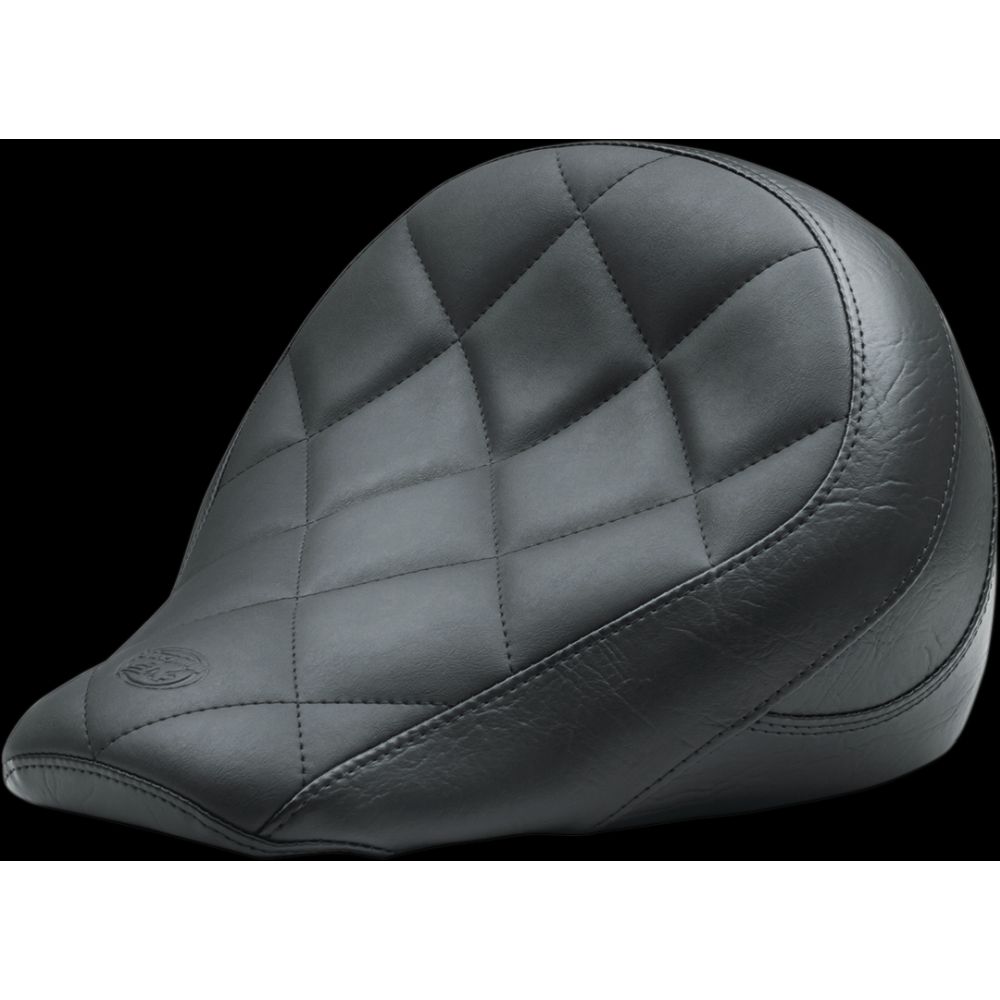
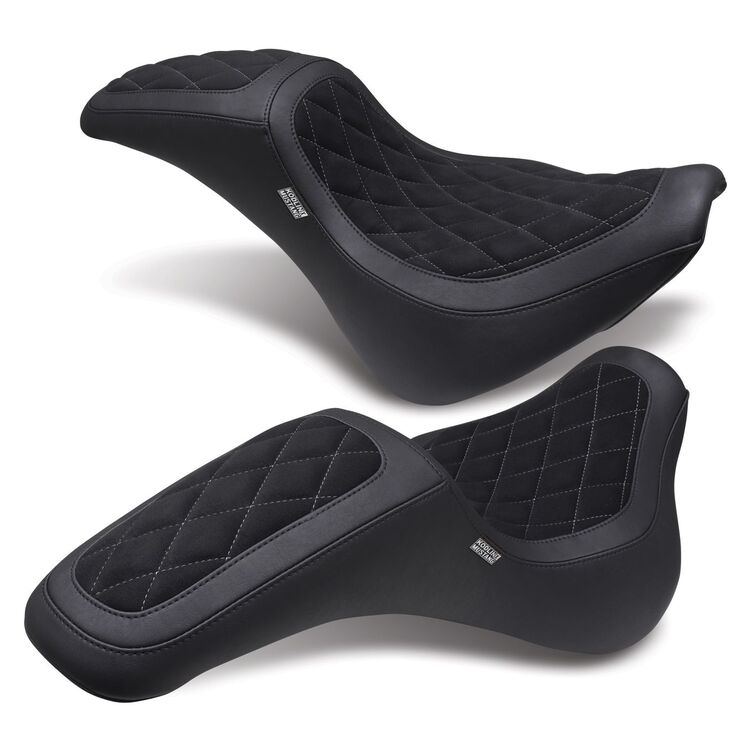
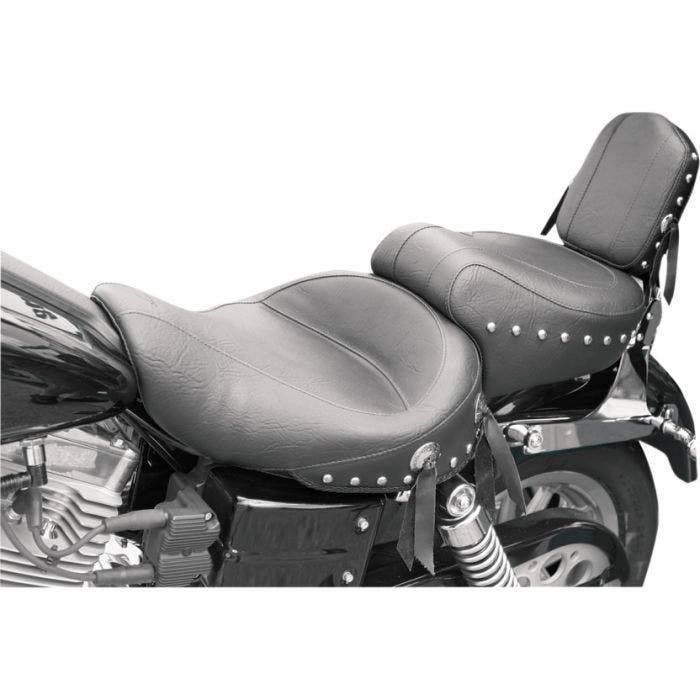
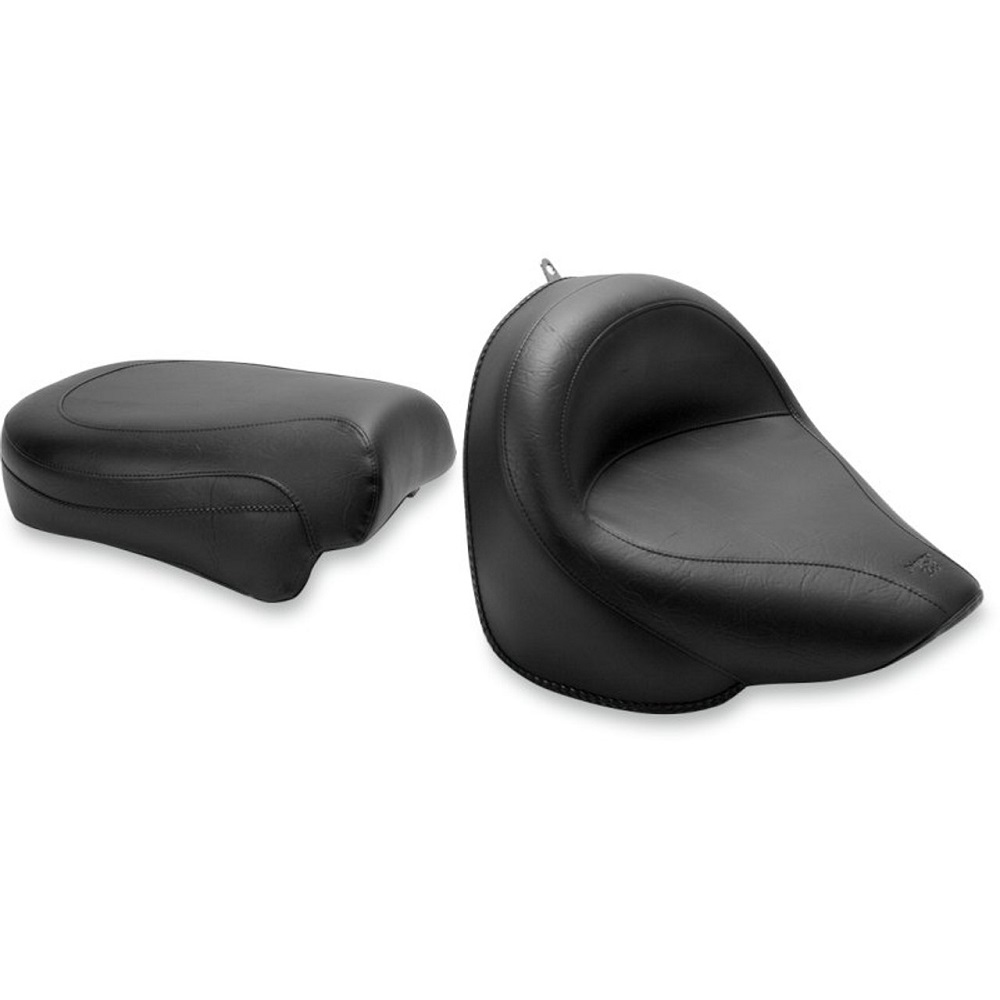
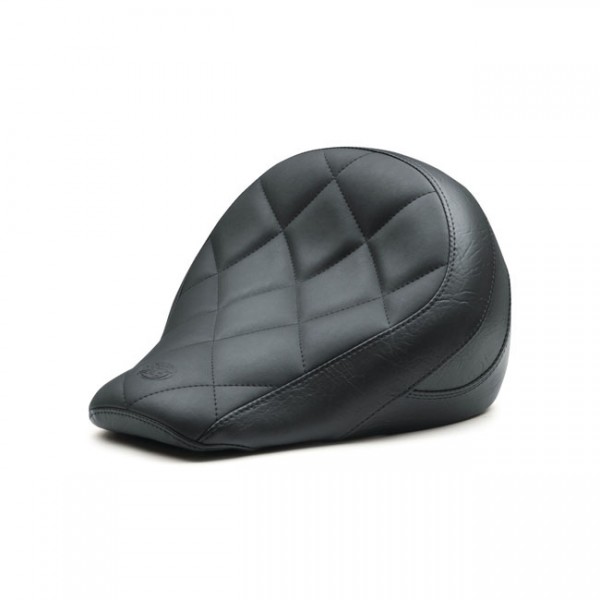
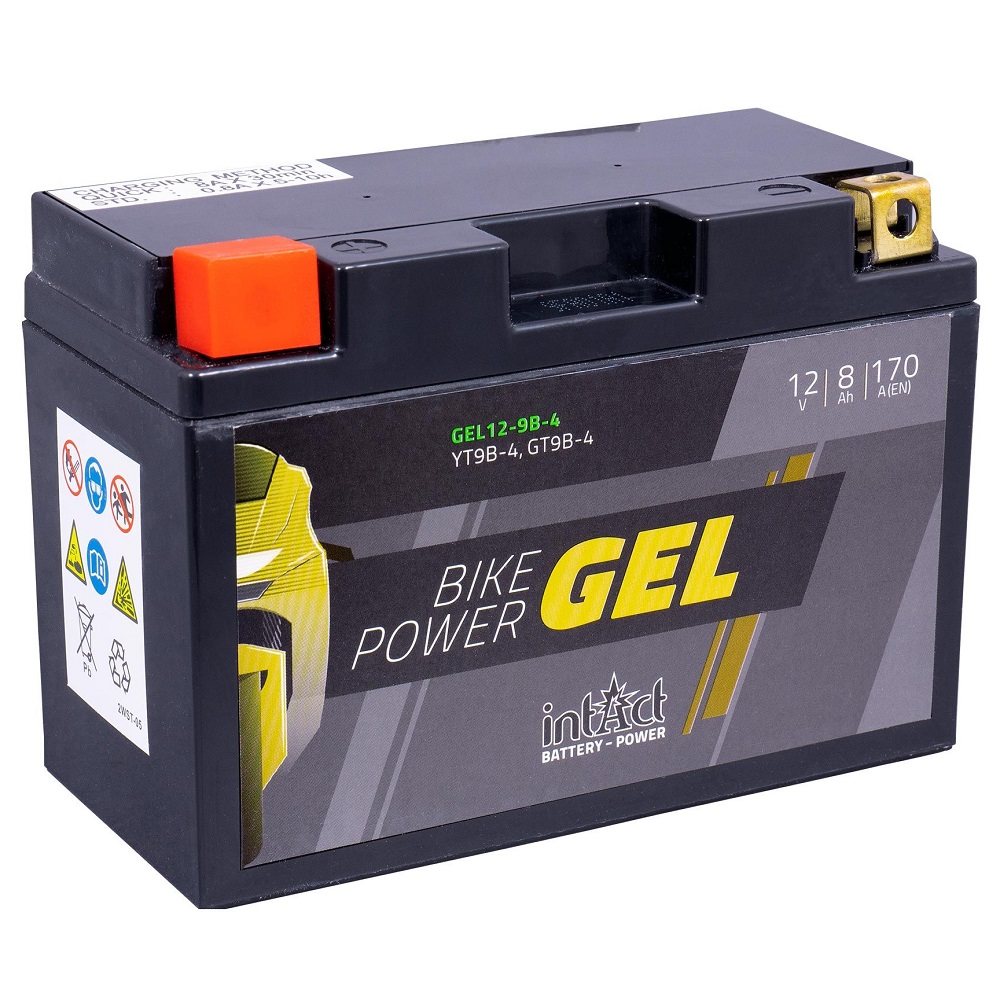
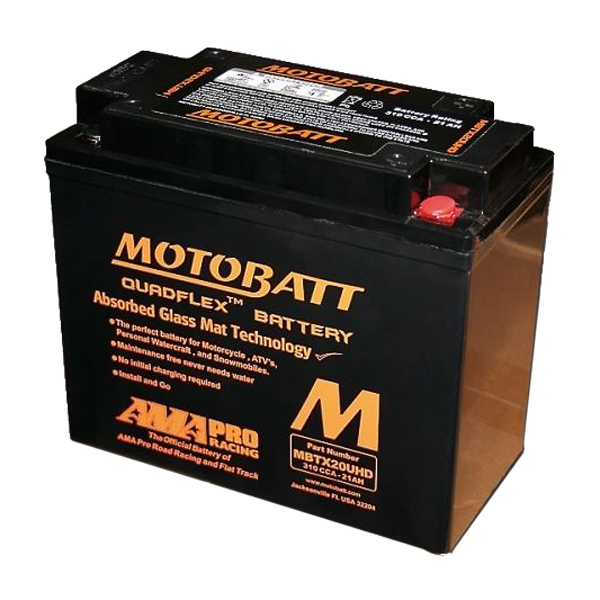
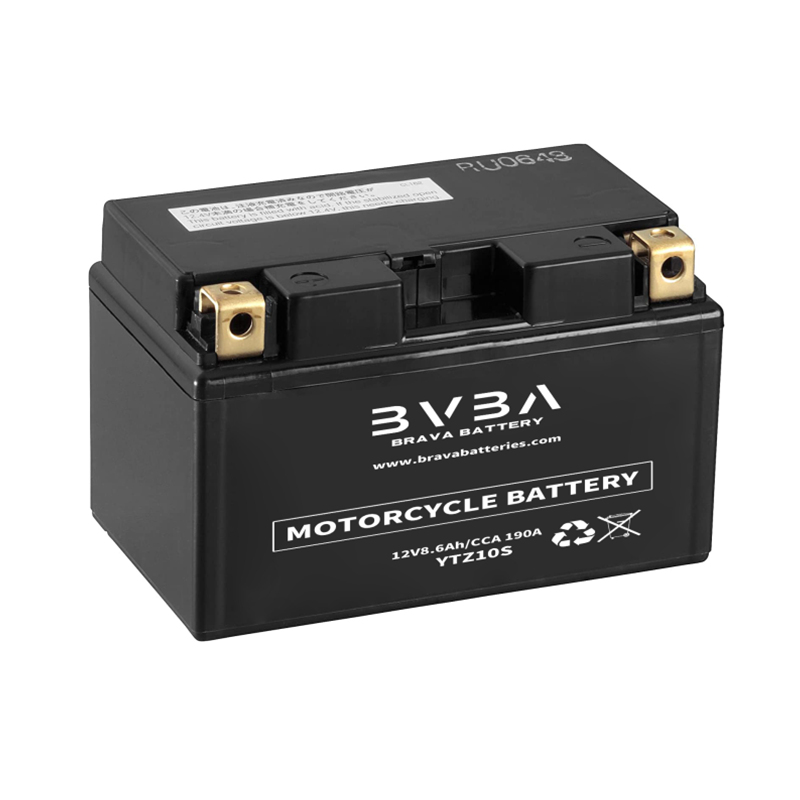
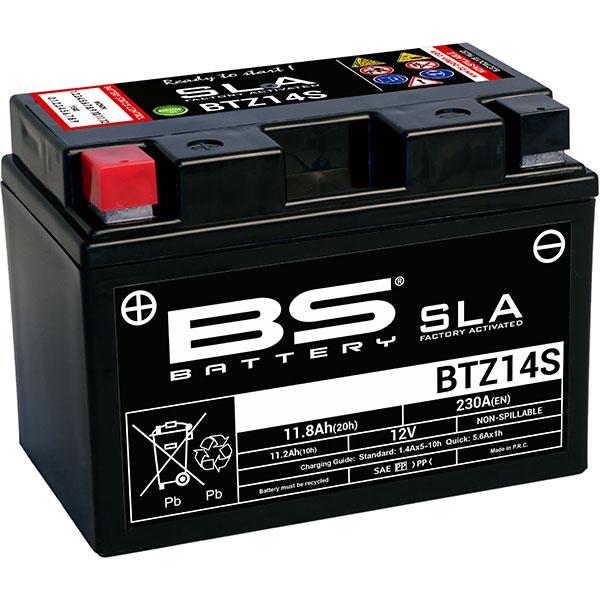
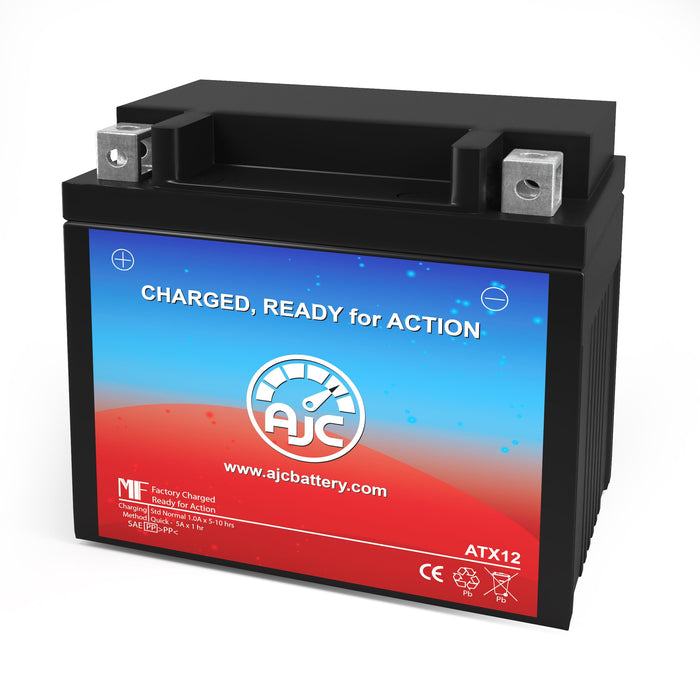
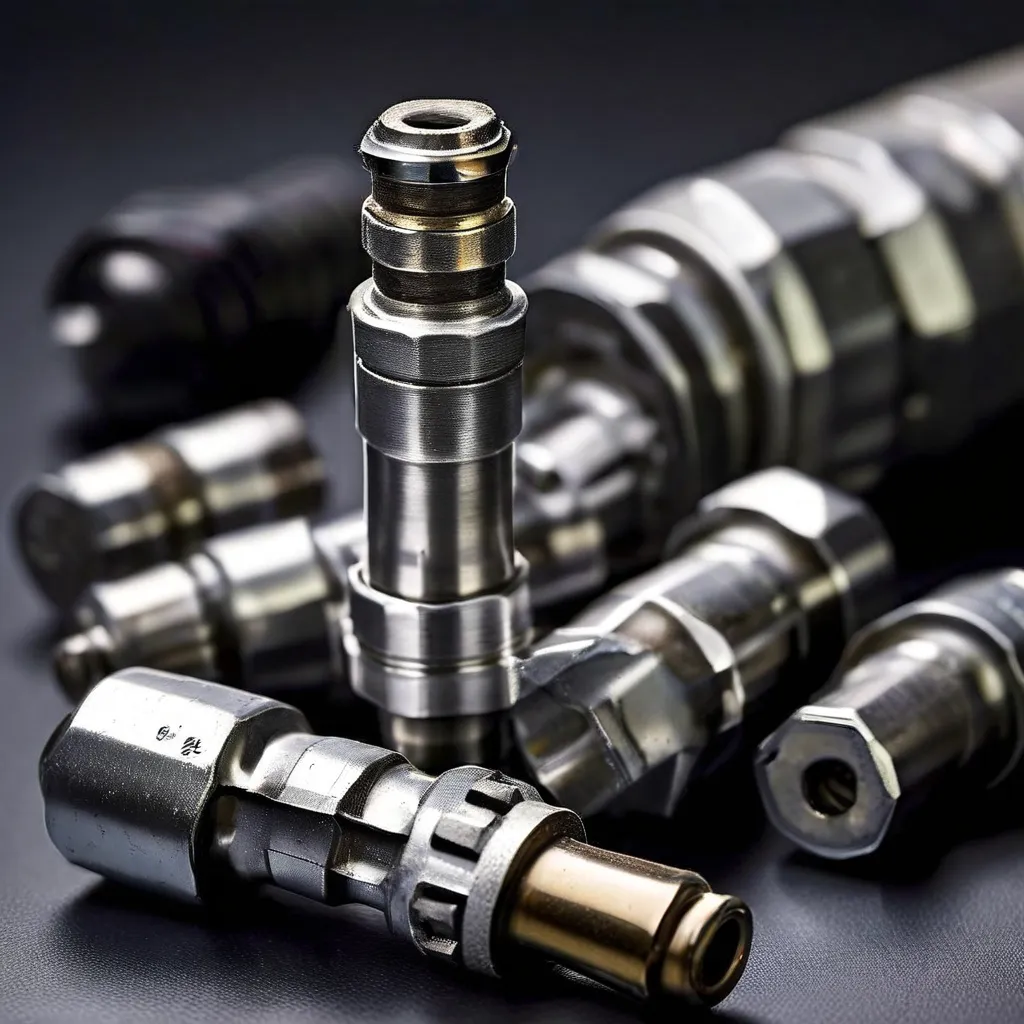 Understanding Spark Plug Socket
Understanding Spark Plug Socket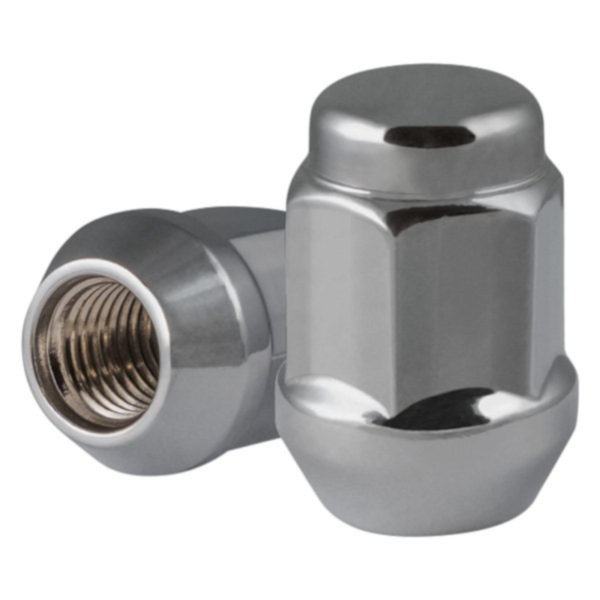 Benefits of Using the Correct Spark Plug Socket
Benefits of Using the Correct Spark Plug Socket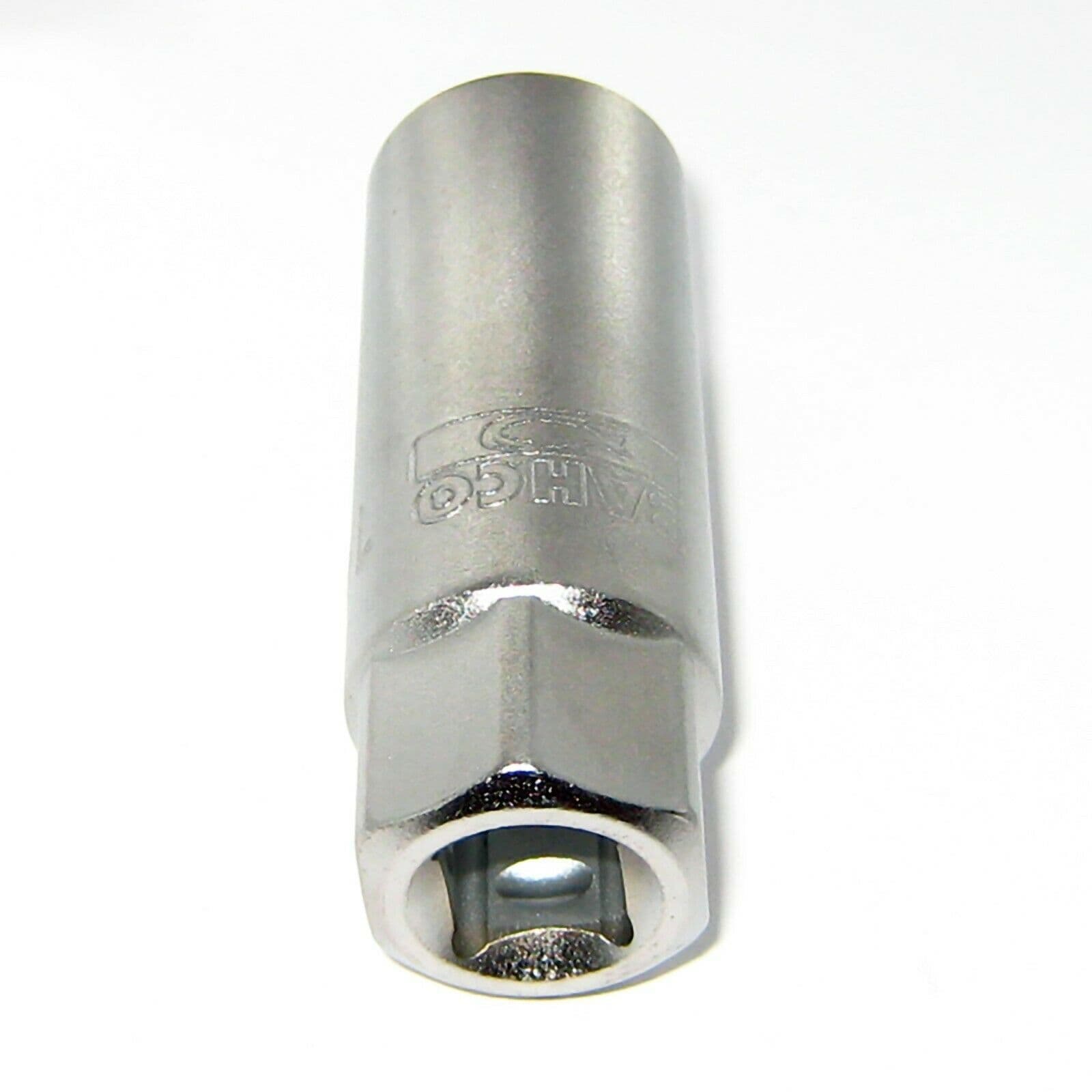 Common Mistakes When Choosing Spark Plug Socket
Common Mistakes When Choosing Spark Plug Socket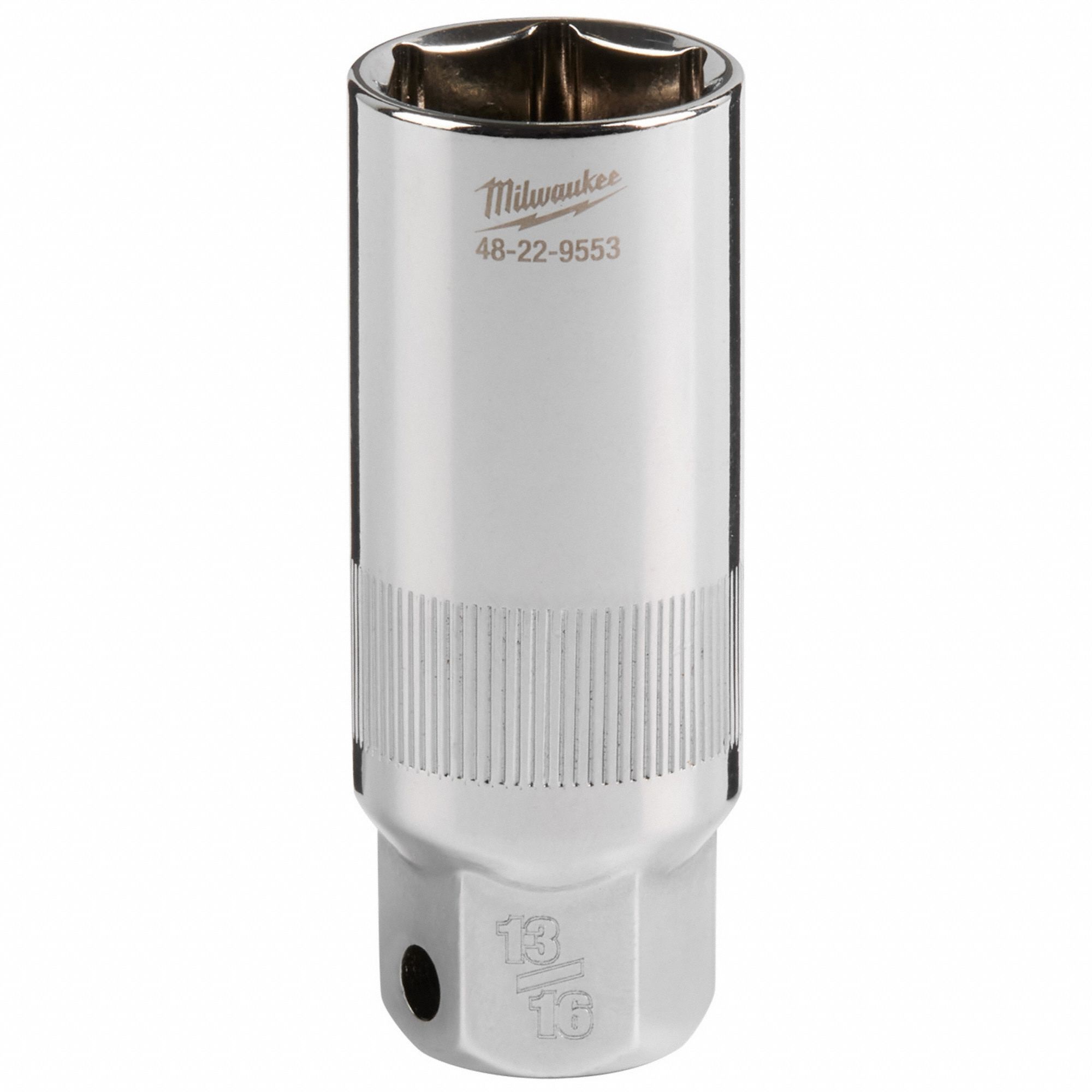 Top Recommended Spark Plug Sockets for Various Sizes
Top Recommended Spark Plug Sockets for Various Sizes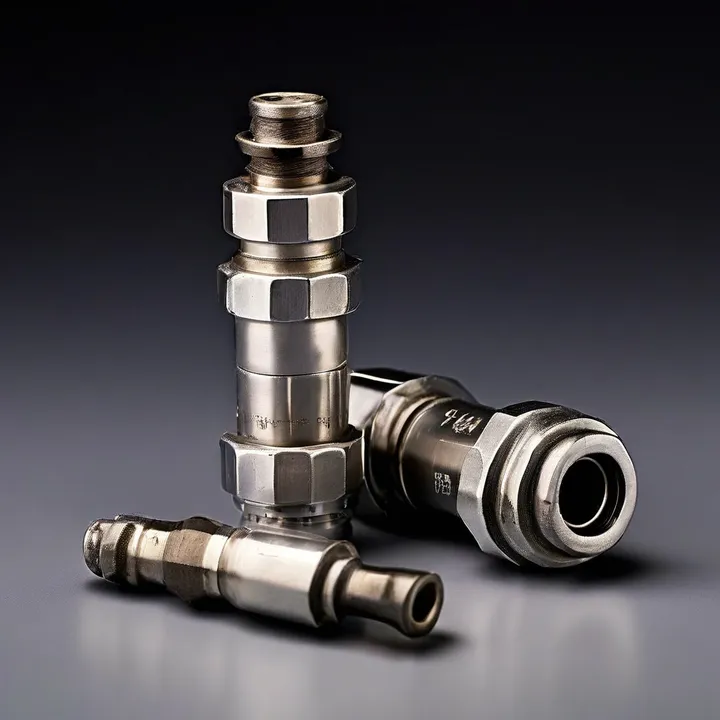 Conclusion: Mastering the Spark Plug Socket Size for Optimal Engine Health
Conclusion: Mastering the Spark Plug Socket Size for Optimal Engine Health
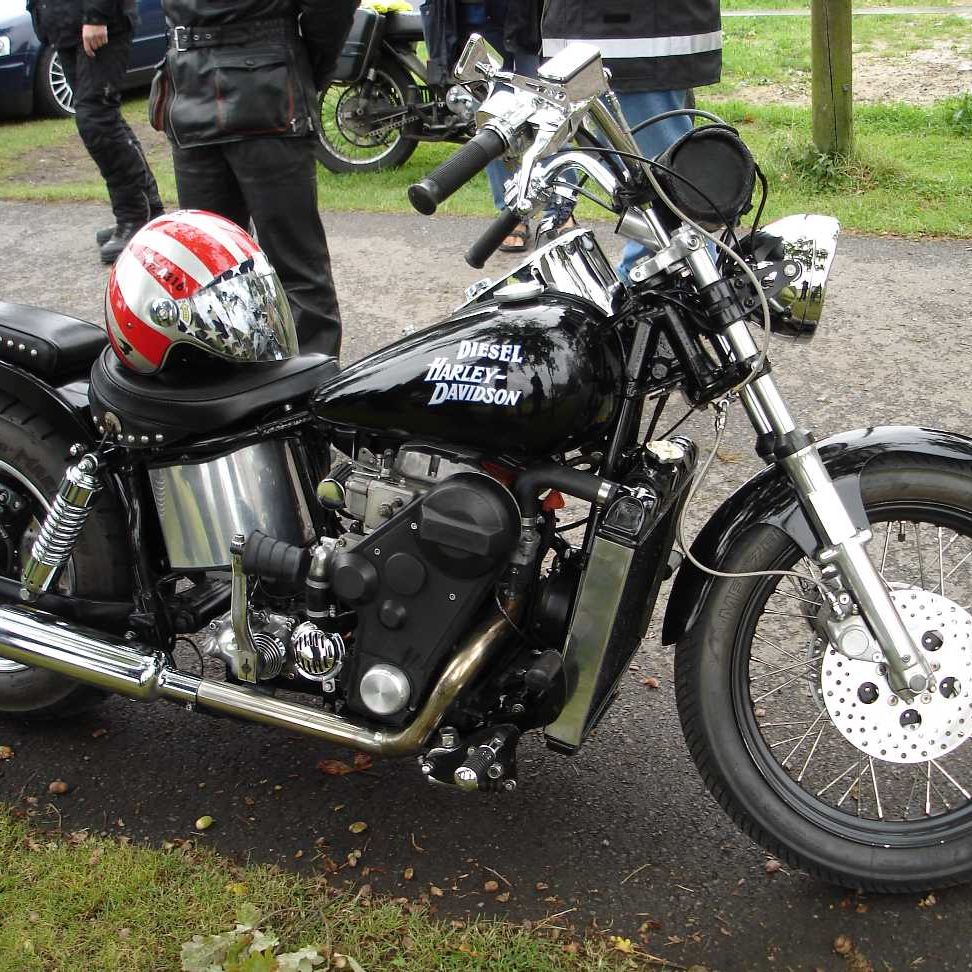
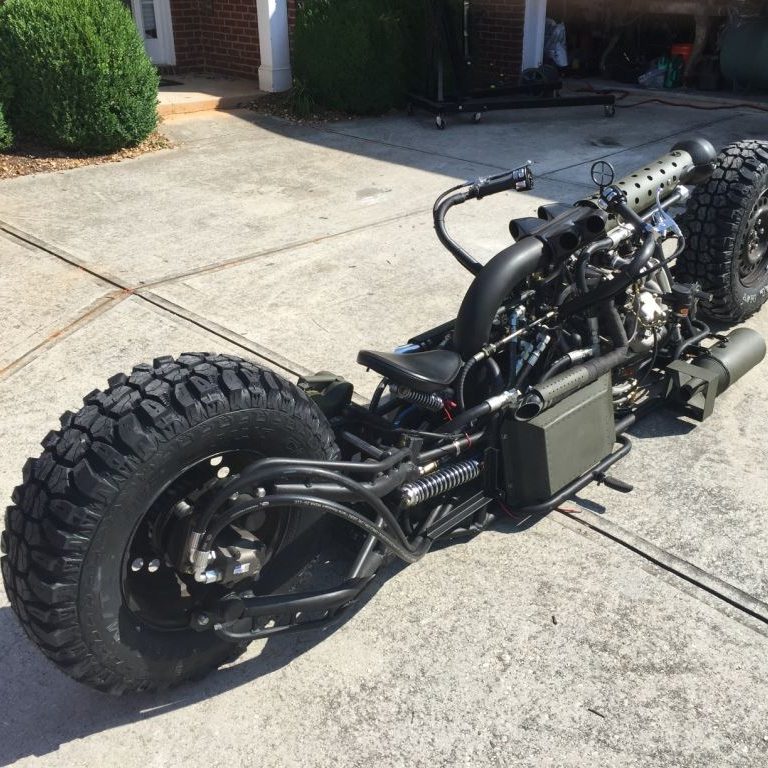
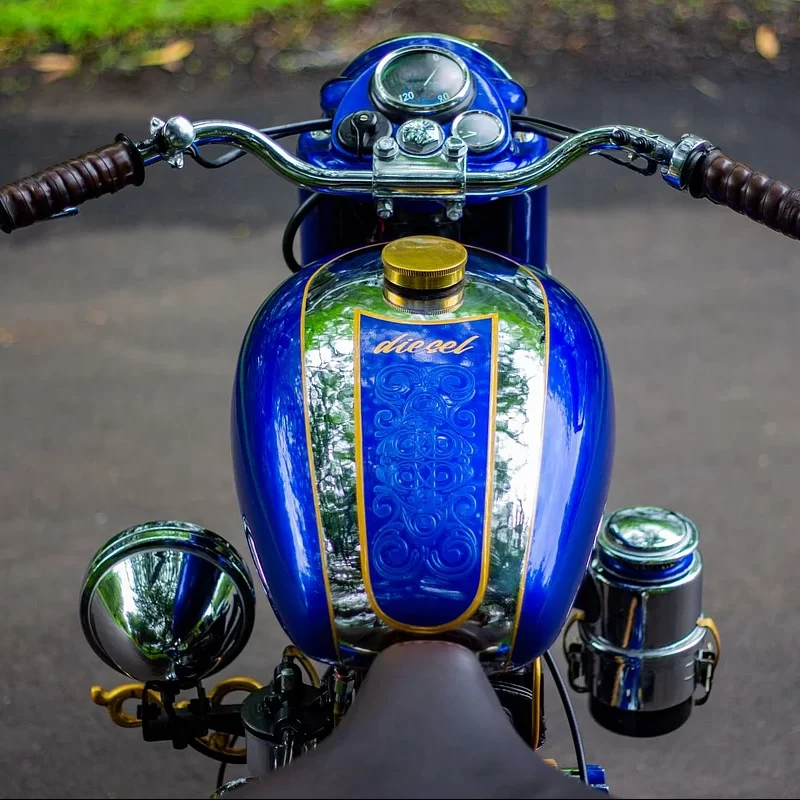
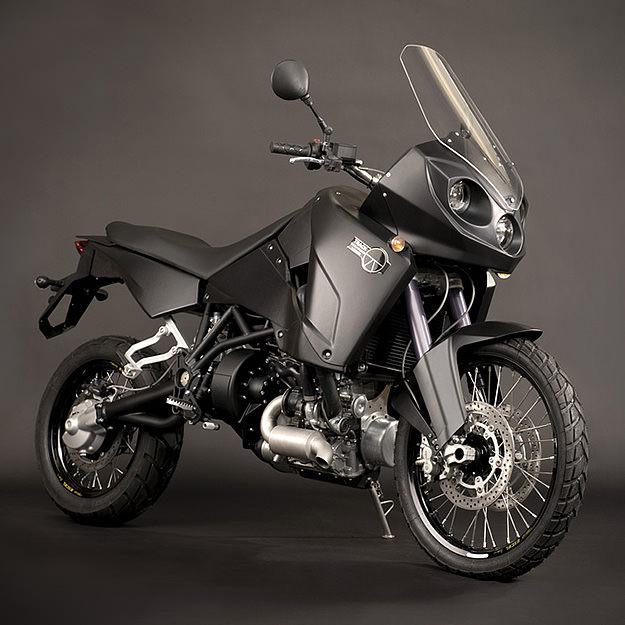
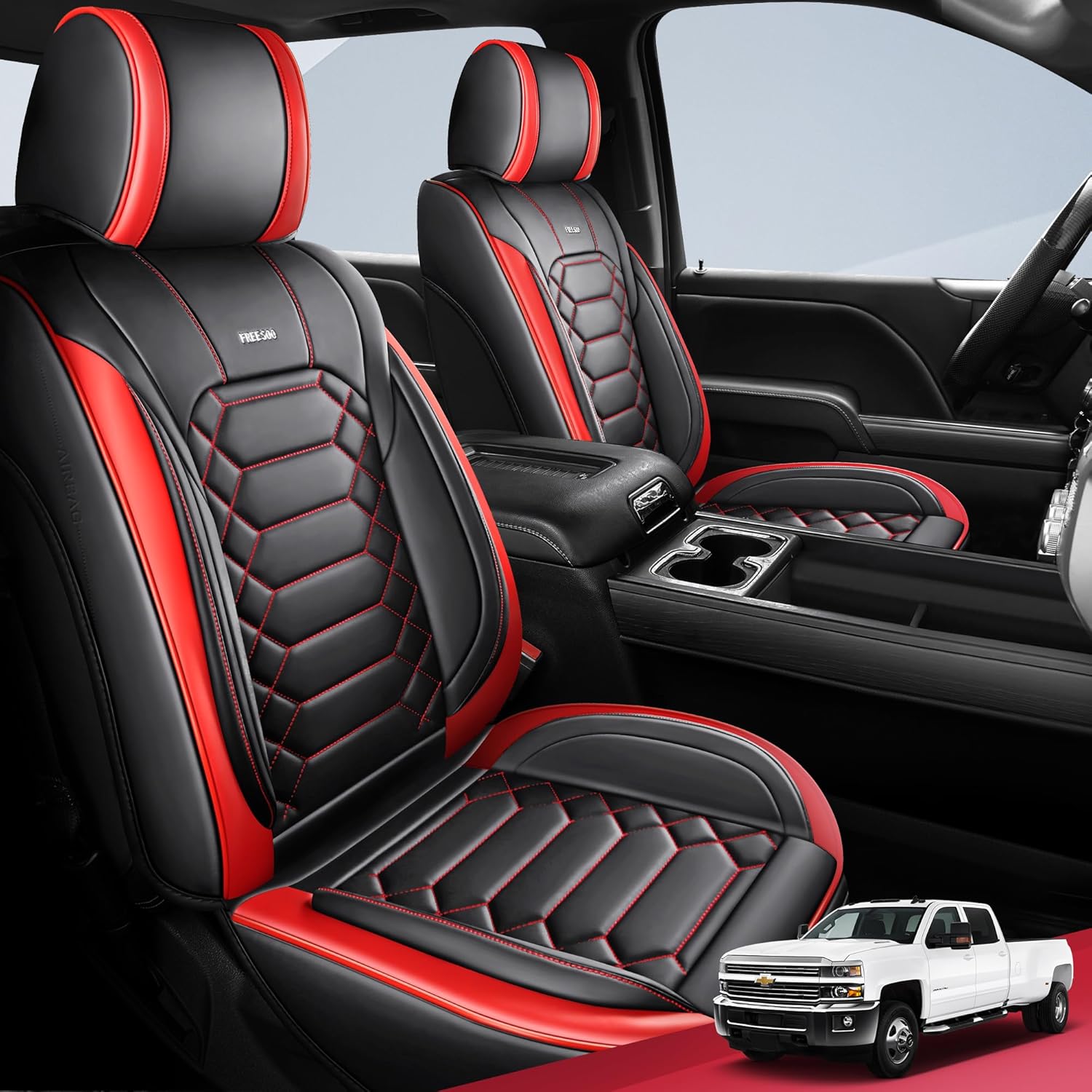 Why Choose Leather Seat Covers?
Why Choose Leather Seat Covers?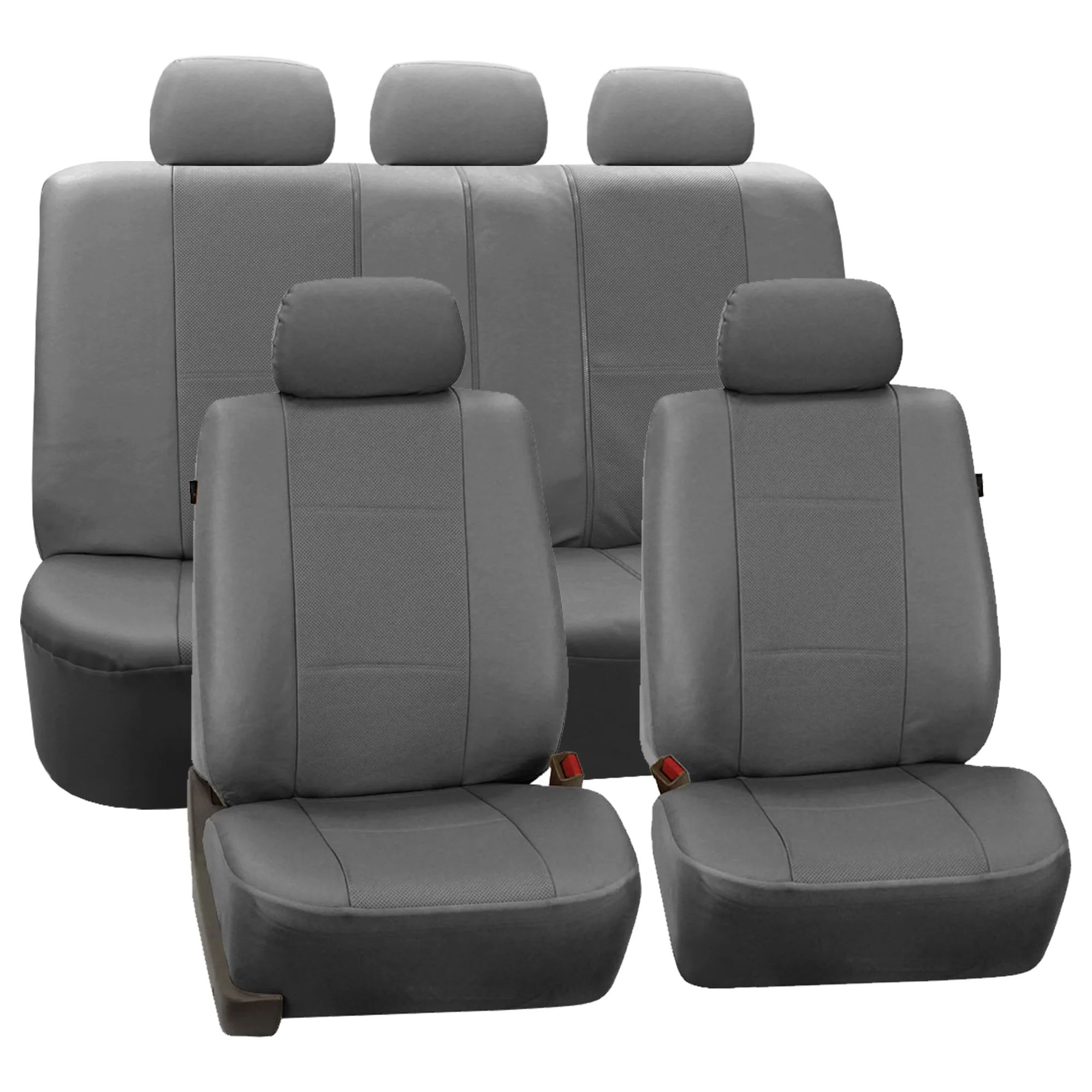 Key Features to Look for in Leather Seat Covers
Key Features to Look for in Leather Seat Covers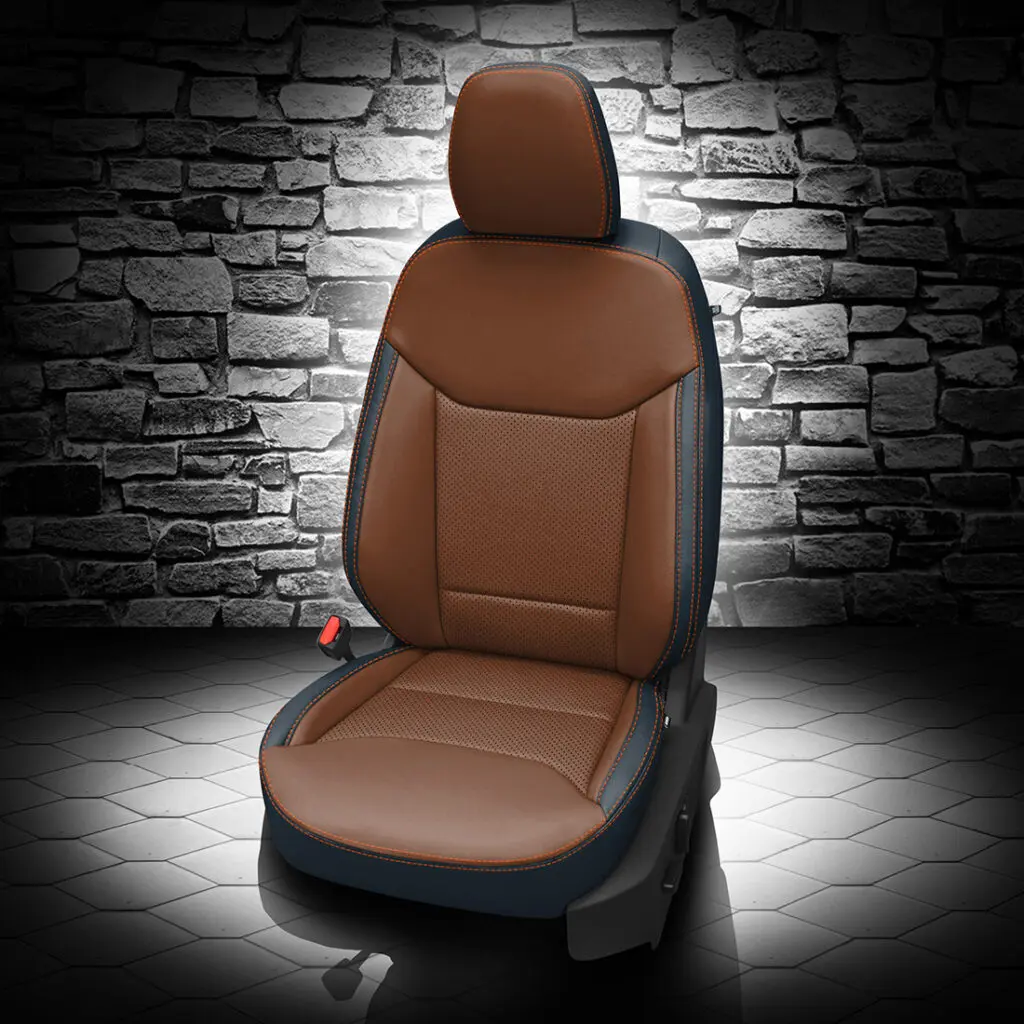 How to Choose the Right Leather Seat Covers for Your Truck
How to Choose the Right Leather Seat Covers for Your Truck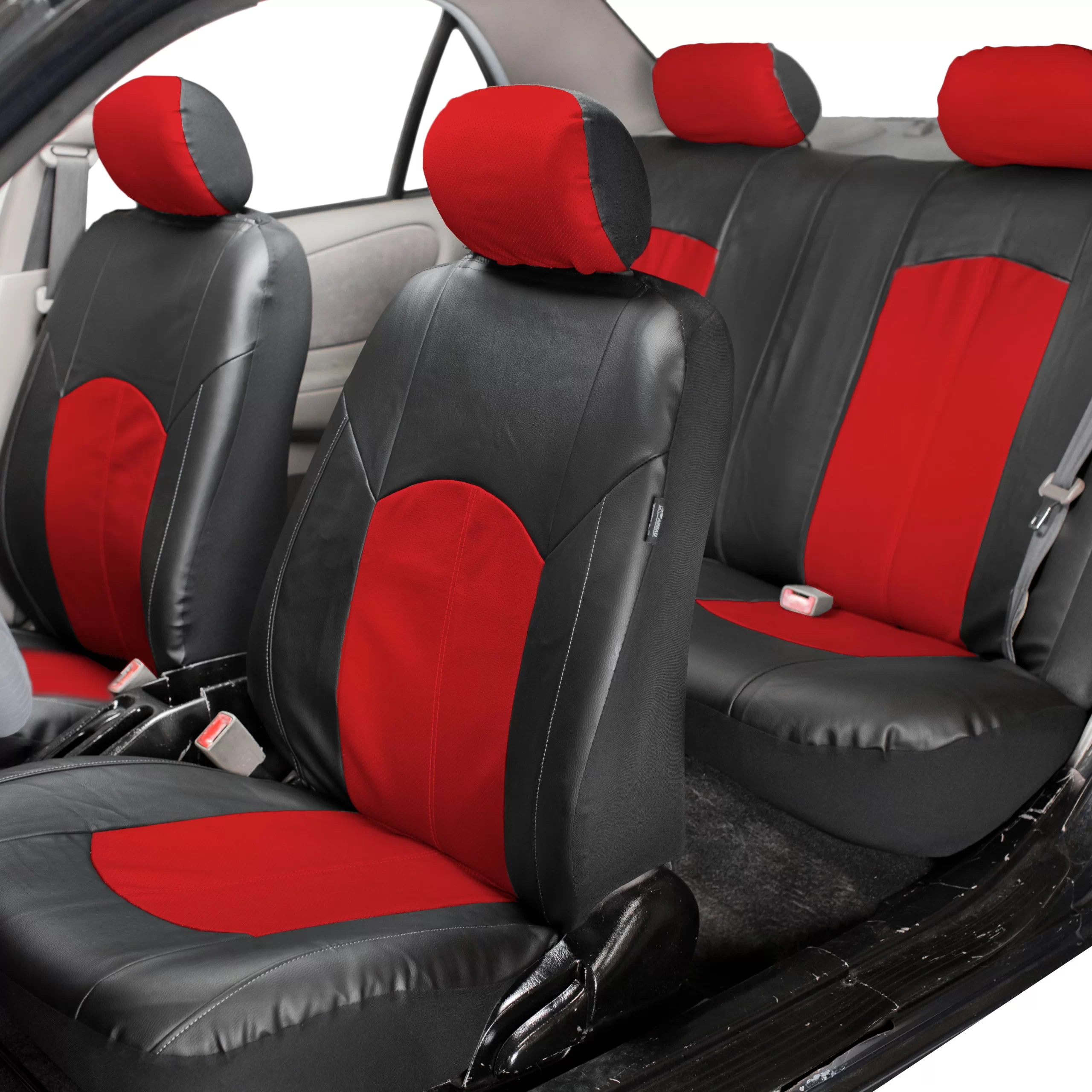 Maintenance and Care for Leather Seat Covers
Maintenance and Care for Leather Seat Covers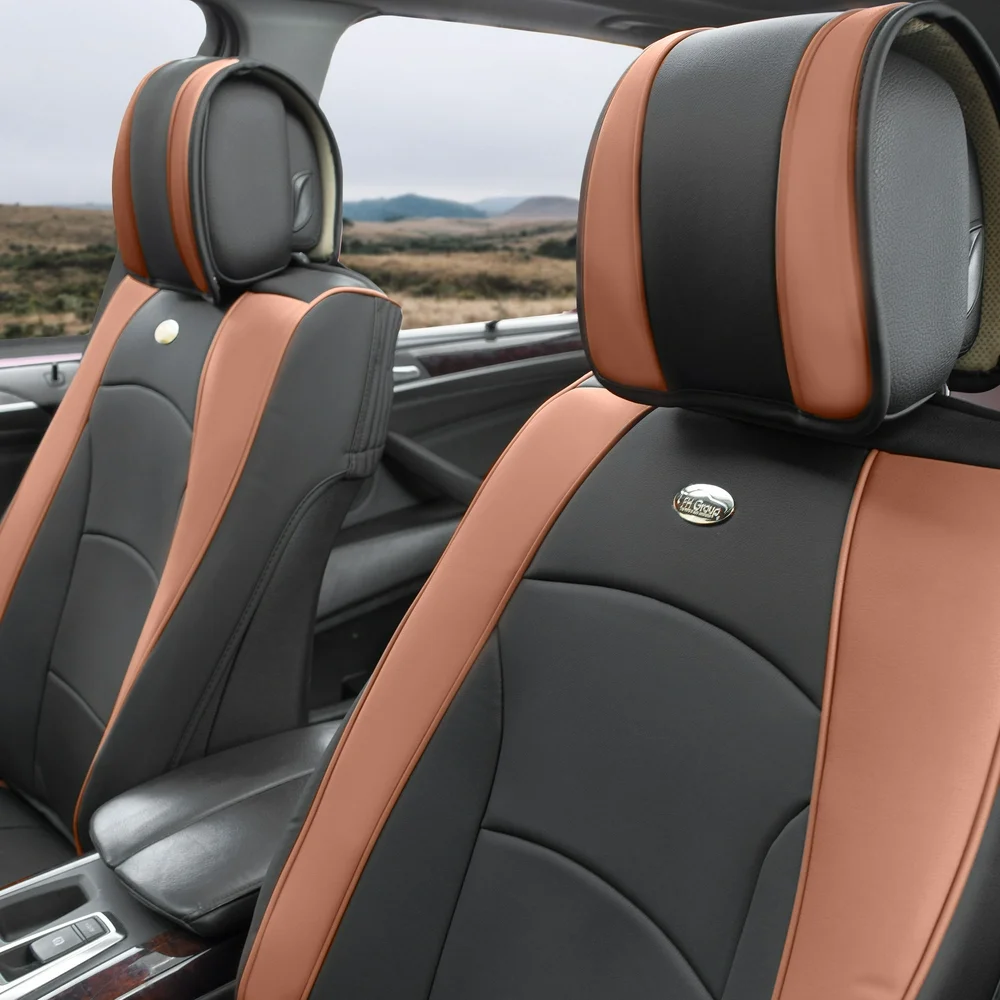 Frequently Asked Questions About Leather Seat Covers
Frequently Asked Questions About Leather Seat Covers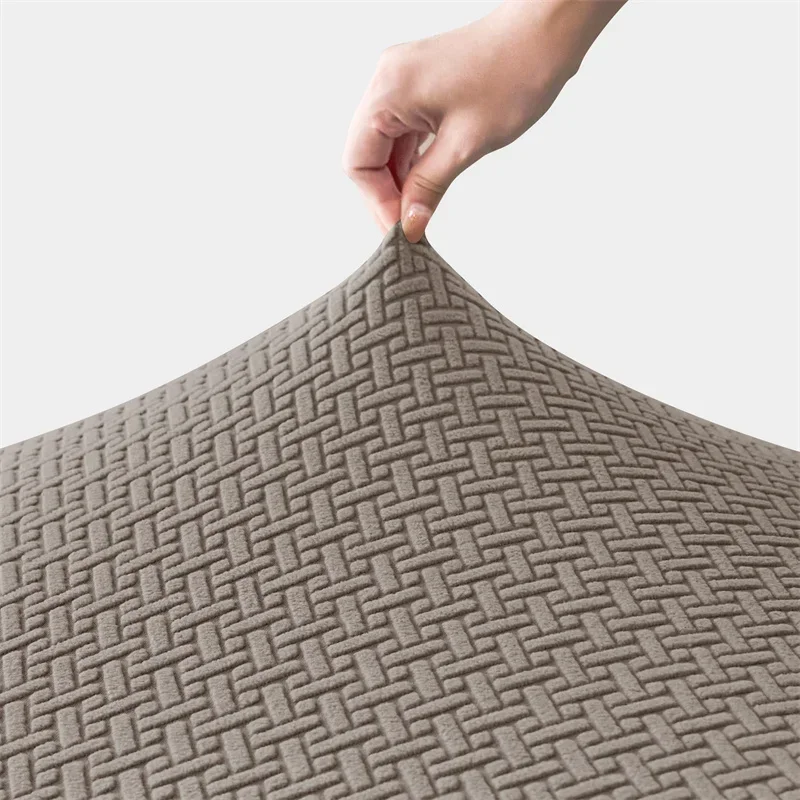 Why Seat Covers Are Essential for Your RV
Why Seat Covers Are Essential for Your RV Factors to Consider When Choosing Seat Covers for Your RV
Factors to Consider When Choosing Seat Covers for Your RV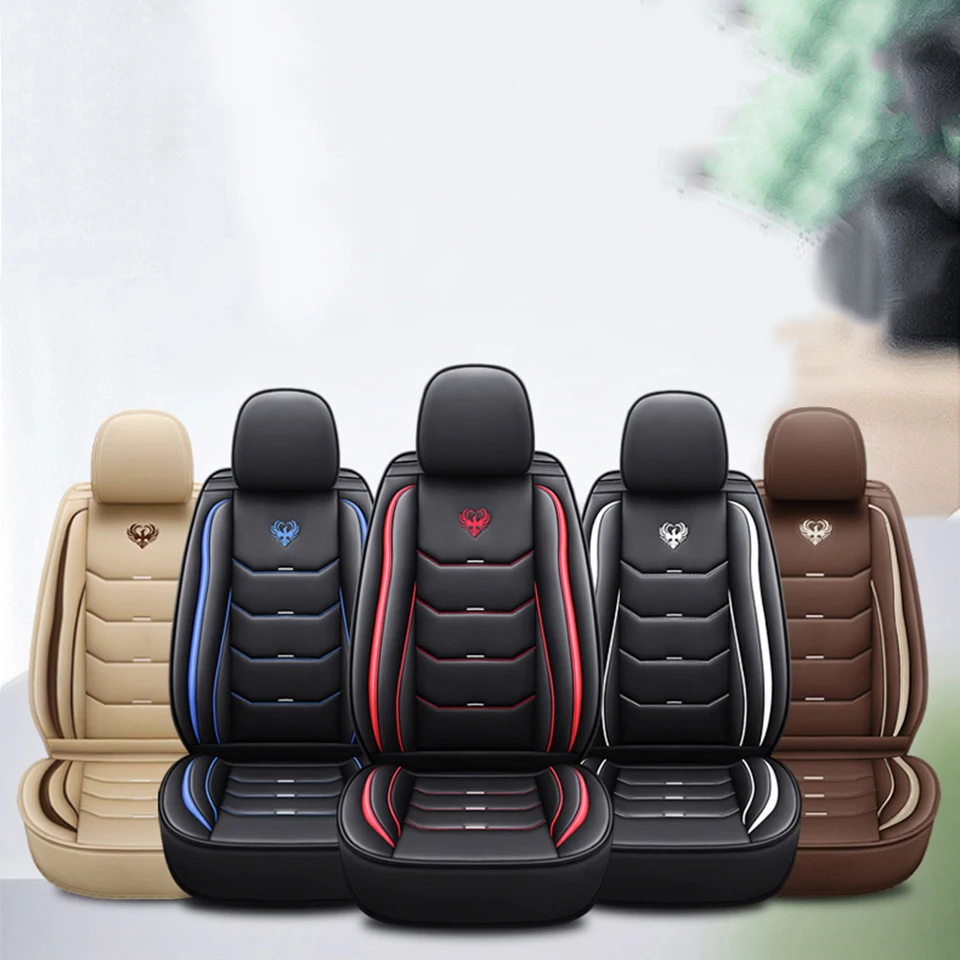 Installation Tips for RV Seat Covers
Installation Tips for RV Seat Covers Maintenance Tips for Longevity
Maintenance Tips for Longevity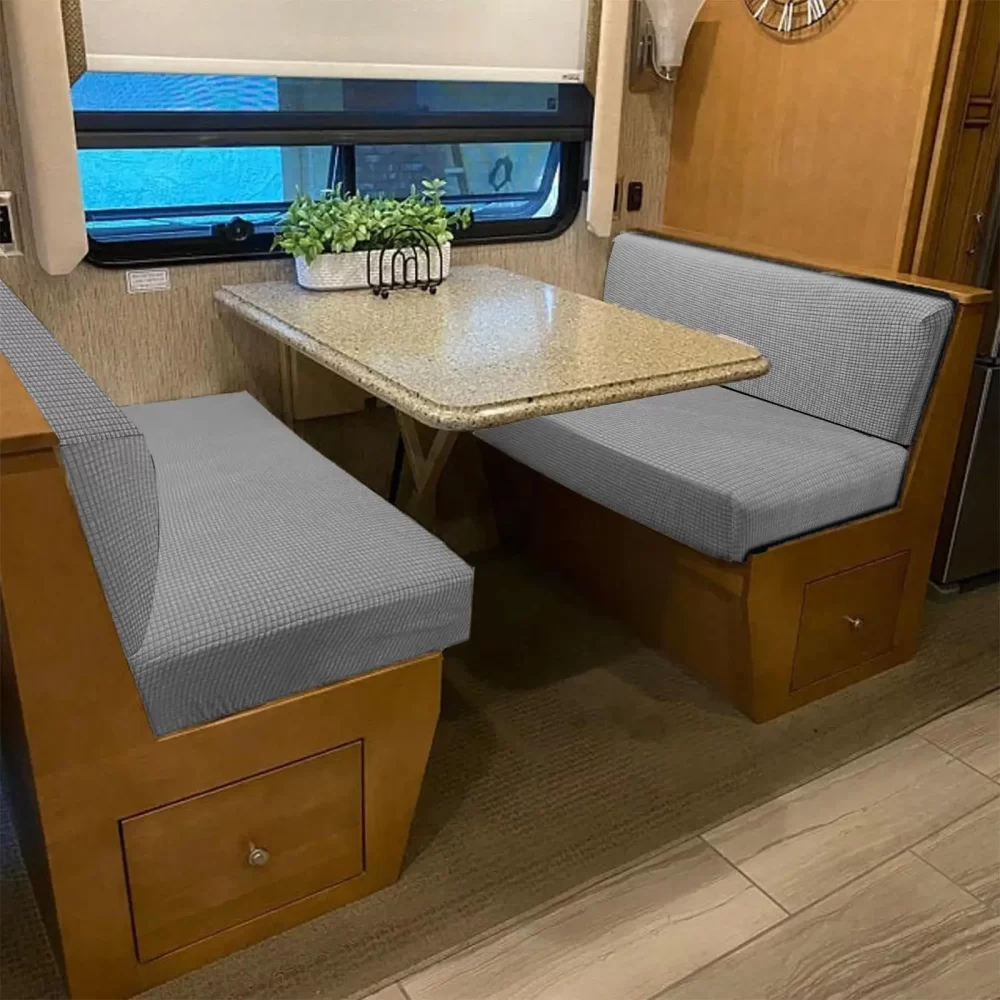 Conclusion: Elevate Your RV Travels with the Right Seat Covers
Conclusion: Elevate Your RV Travels with the Right Seat Covers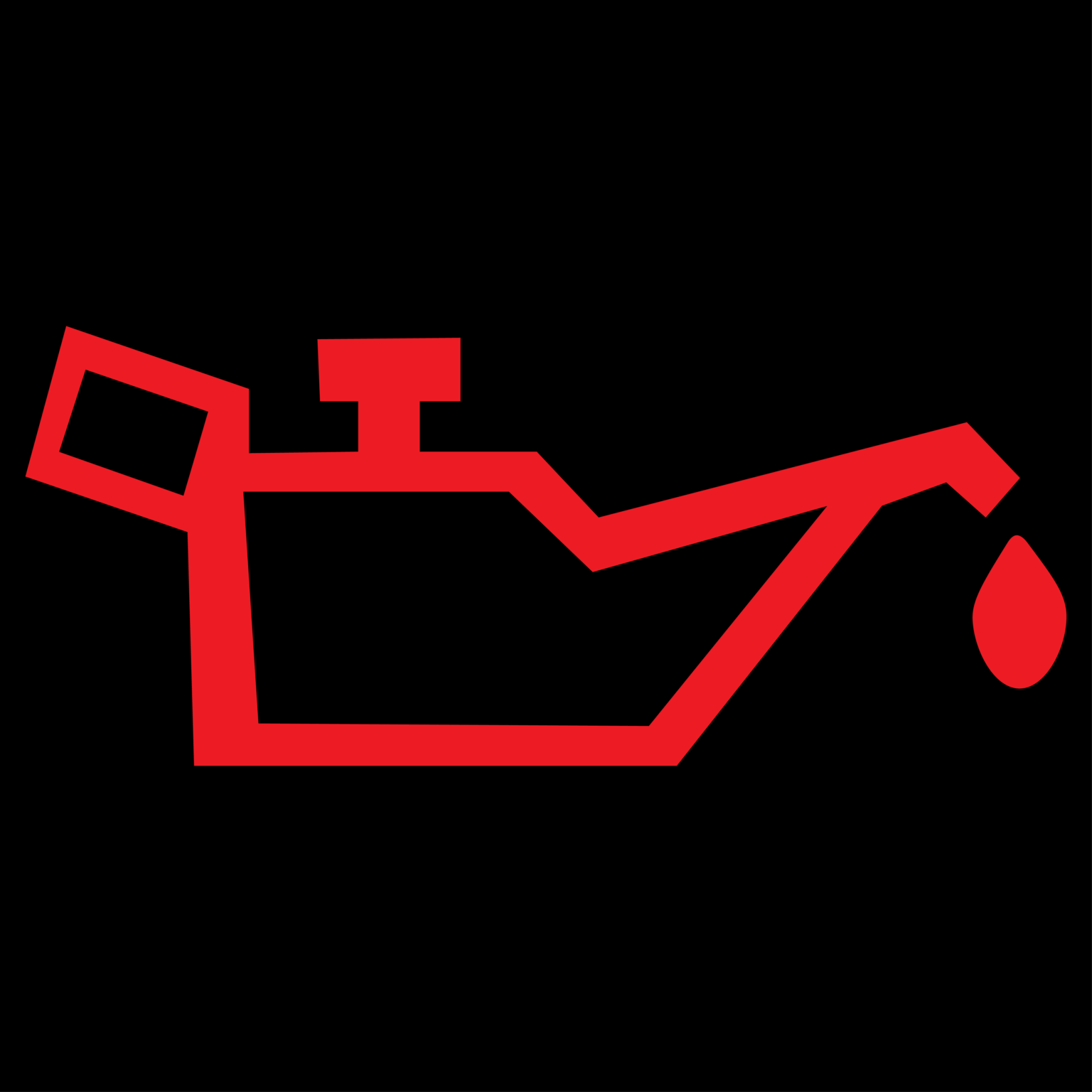 Common BMW Warning Lights and Their Meanings
Common BMW Warning Lights and Their Meanings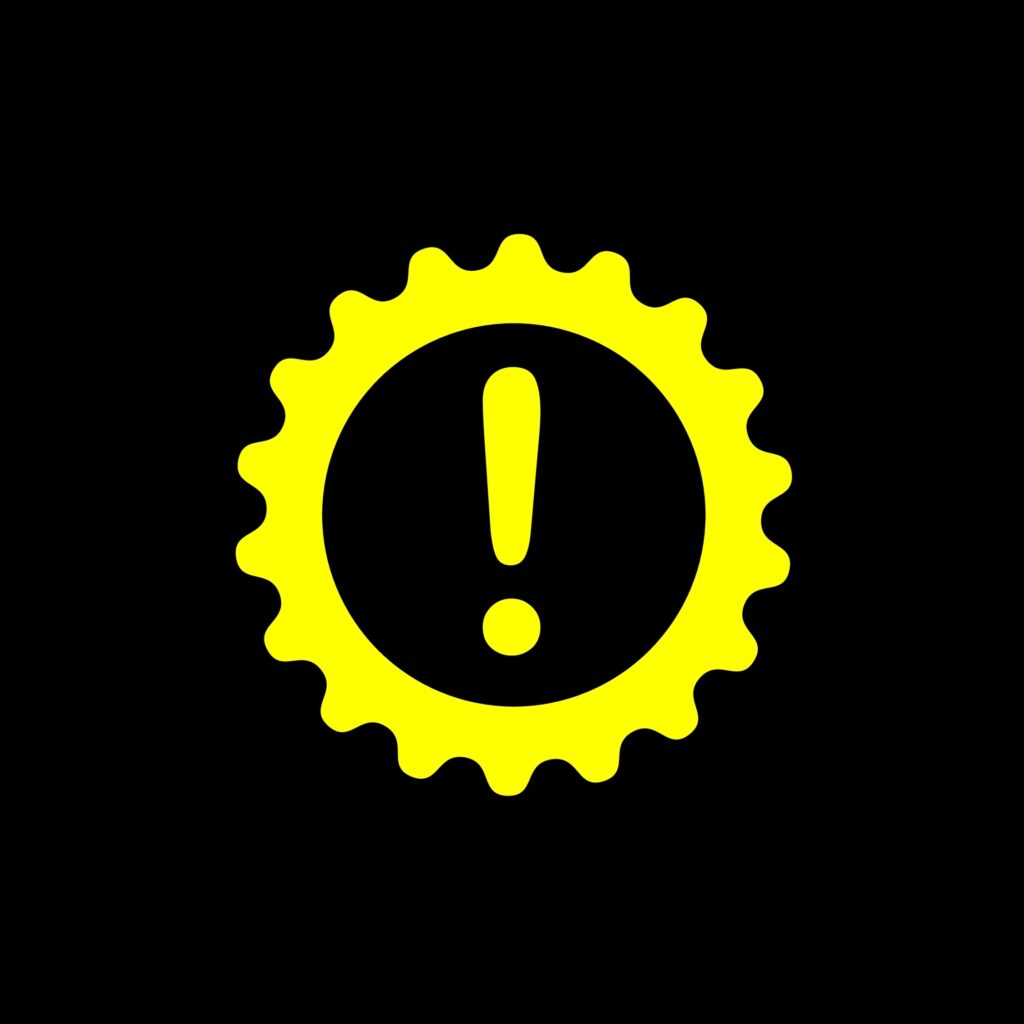 Steps to Take When Warning Lights Appear on a Ramp
Steps to Take When Warning Lights Appear on a Ramp How to Interpret and Respond to Specific Warning Lights
How to Interpret and Respond to Specific Warning Lights Advanced Troubleshooting Tips for BMW Owners
Advanced Troubleshooting Tips for BMW Owners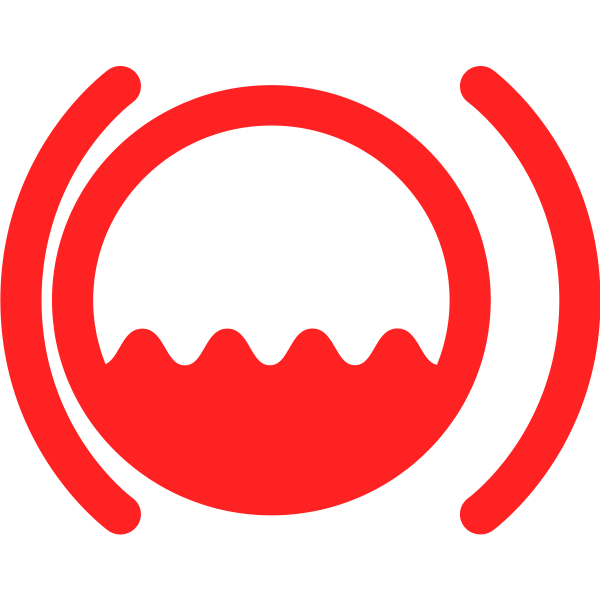 Conclusion
Conclusion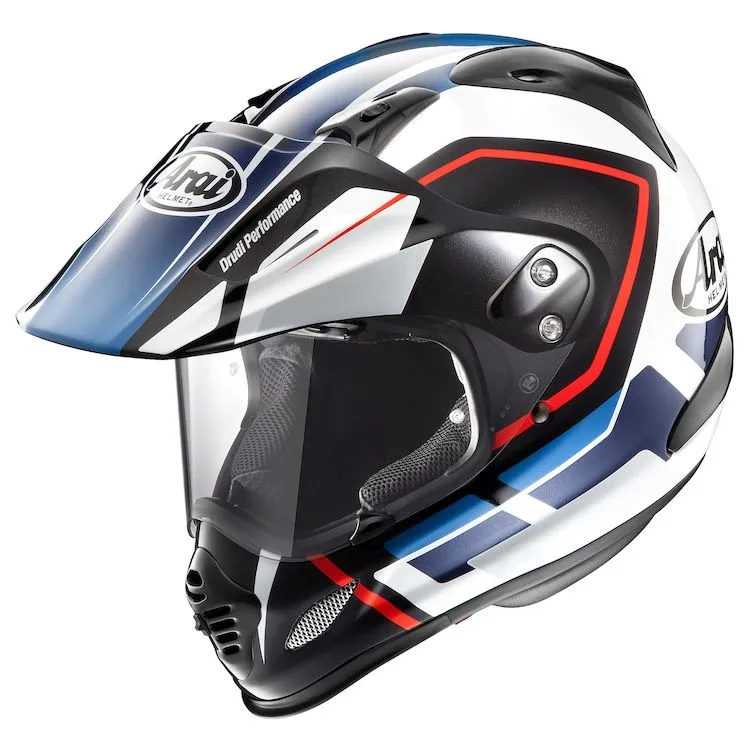 Understanding Adventure Motorbike Helmets
Understanding Adventure Motorbike Helmets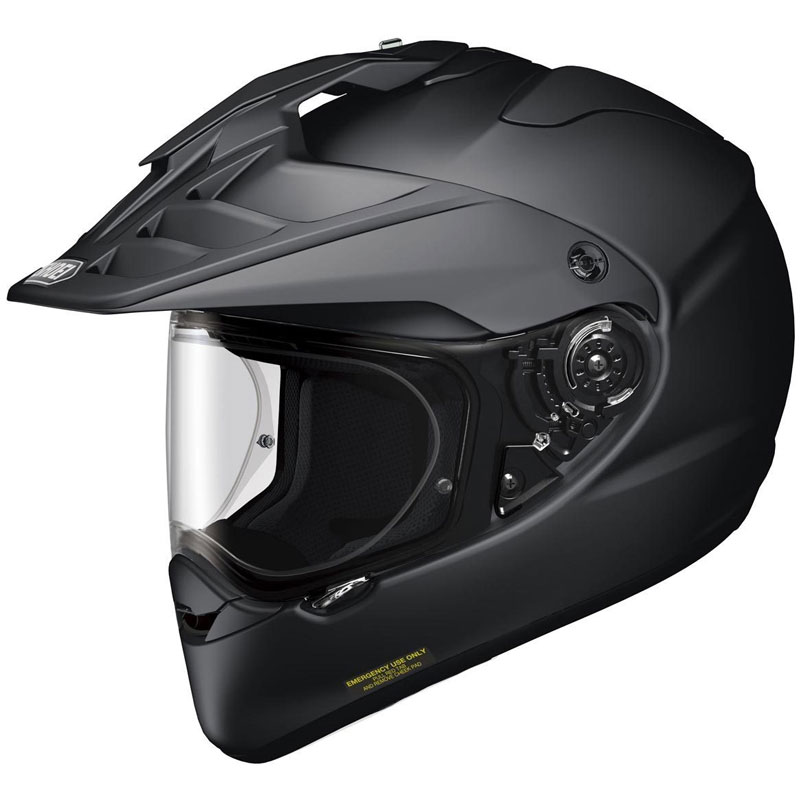 Safety Standards and Certifications
Safety Standards and Certifications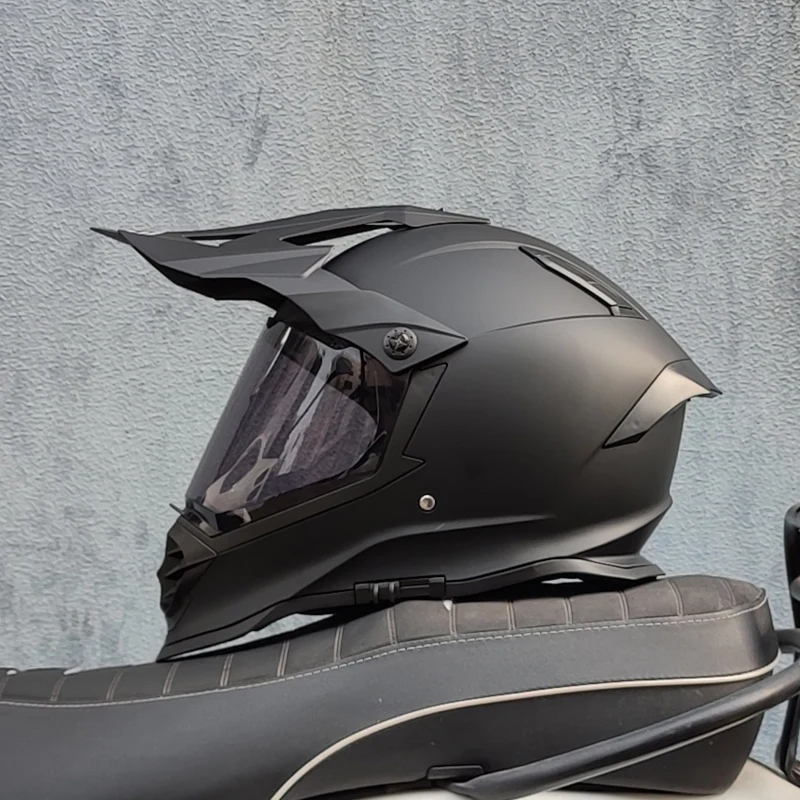 Comfort and Fit: Ensuring a Perfect Match
Comfort and Fit: Ensuring a Perfect Match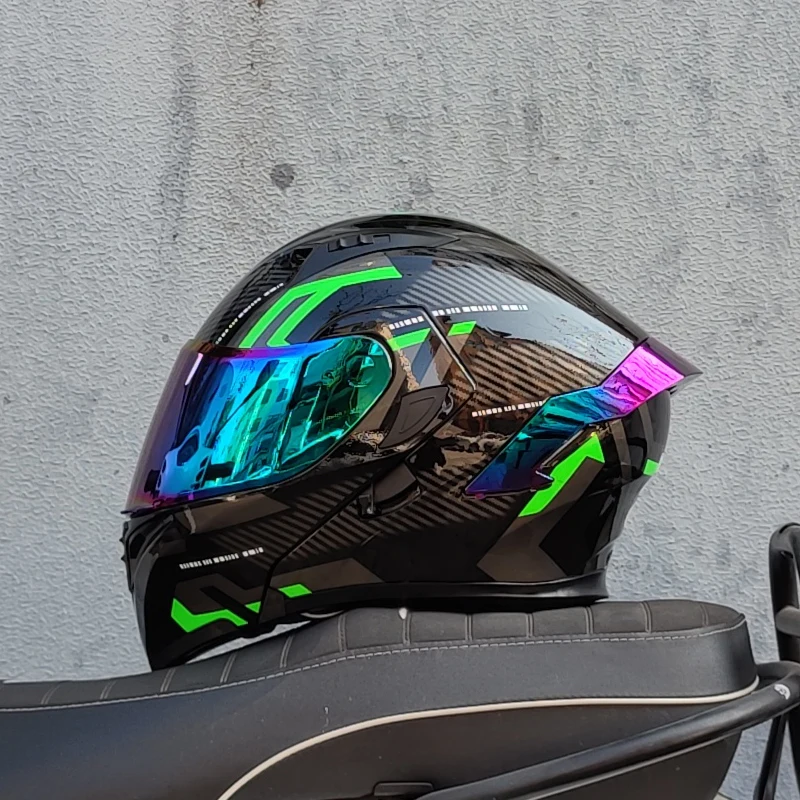 Maintenance and Care for Your ADV Helmet
Maintenance and Care for Your ADV Helmet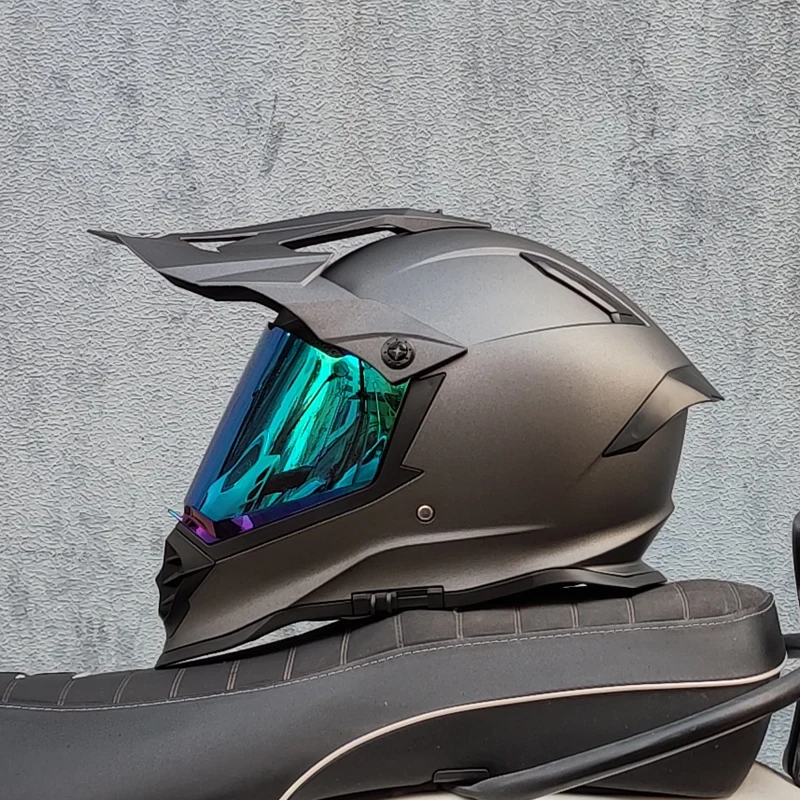 Conclusion
Conclusion Why Choose a Bluetooth Motorcycle Helmet?
Why Choose a Bluetooth Motorcycle Helmet?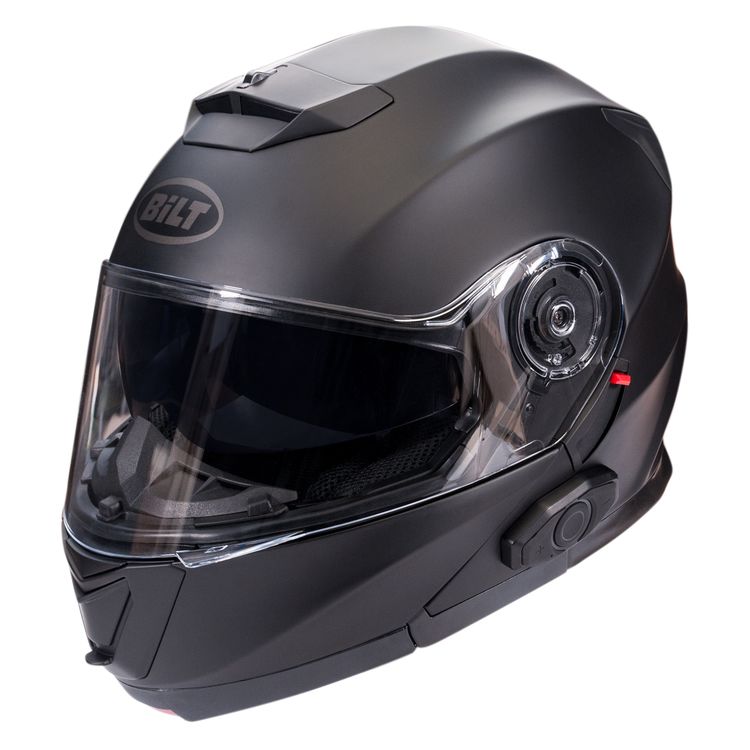 Top-Rated Bluetooth Motorcycle Helmets on the Market
Top-Rated Bluetooth Motorcycle Helmets on the Market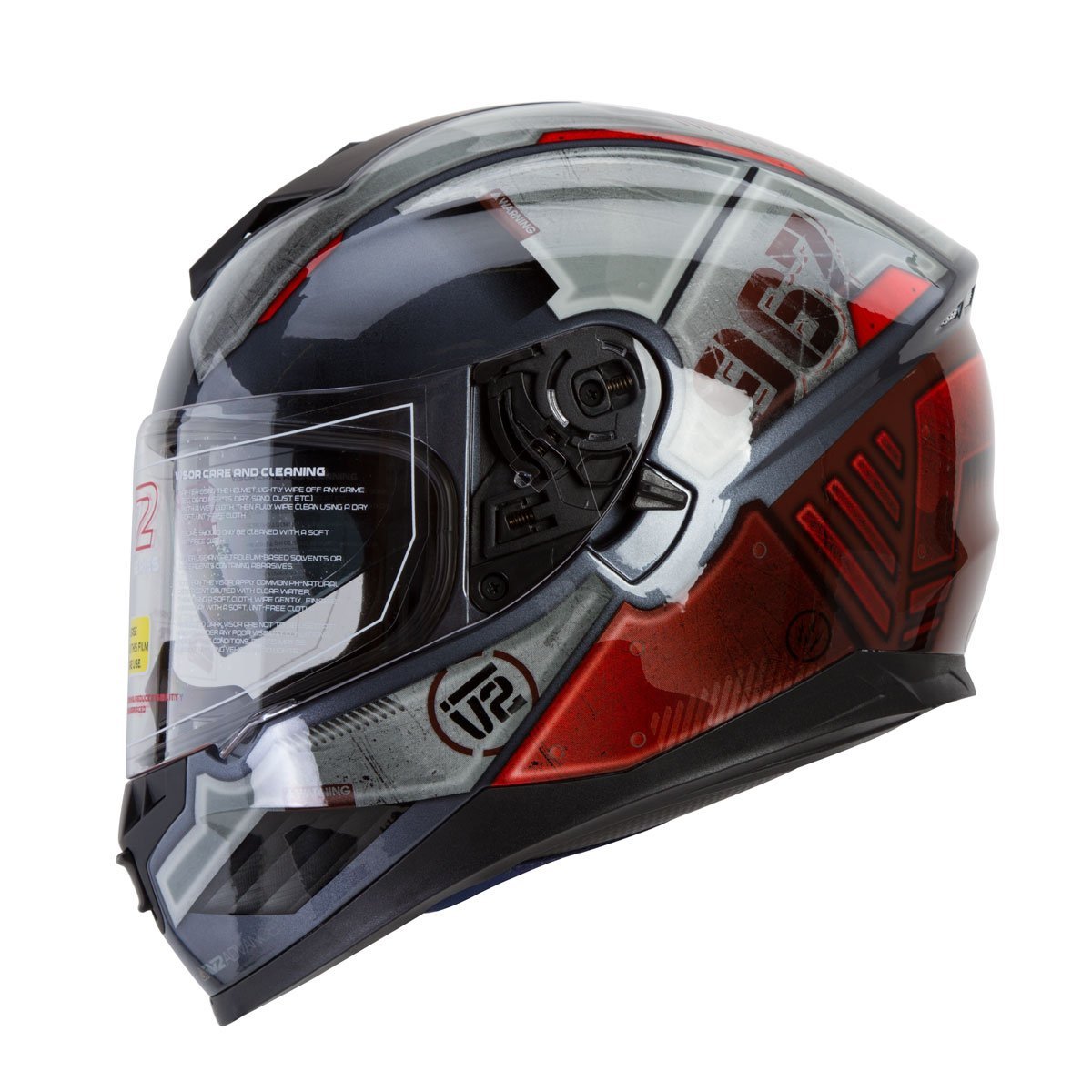 Installation and Maintenance of Bluetooth Motorcycle Helmets
Installation and Maintenance of Bluetooth Motorcycle Helmets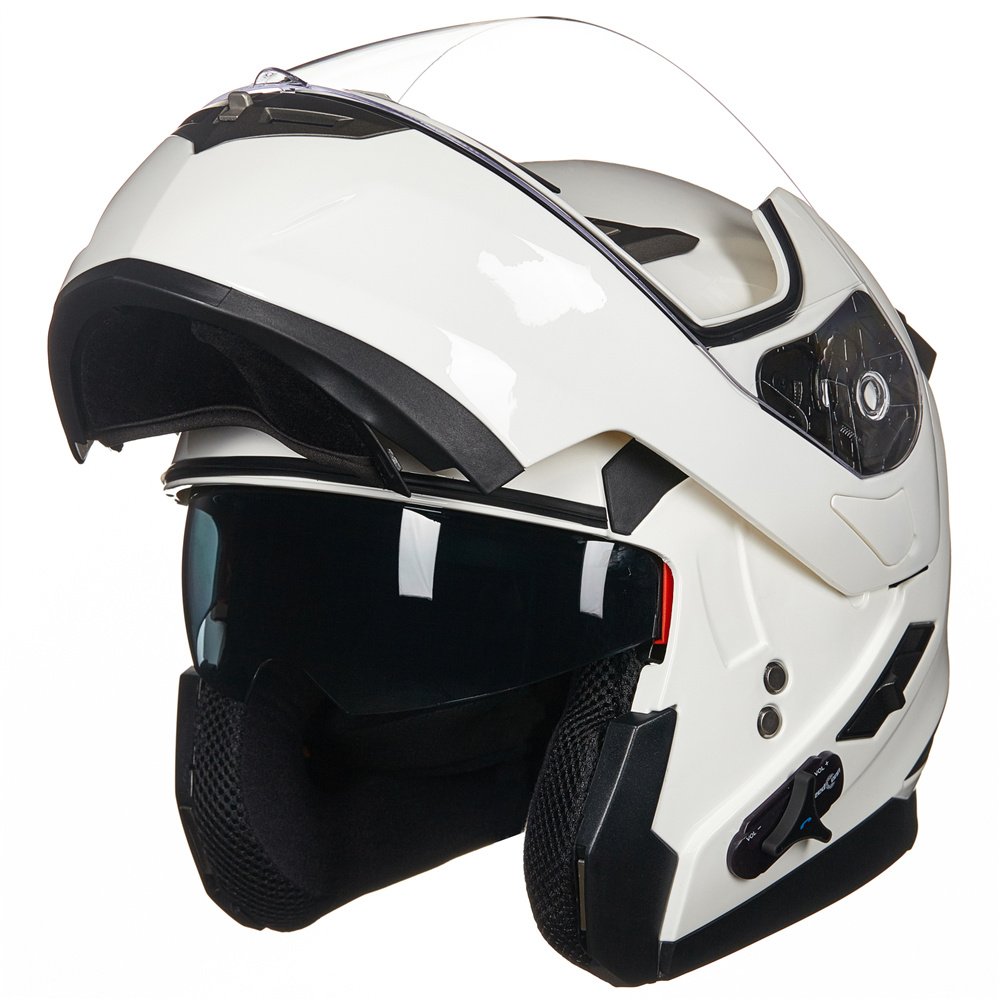 Future Trends in Bluetooth Motorcycle Helmets
Future Trends in Bluetooth Motorcycle Helmets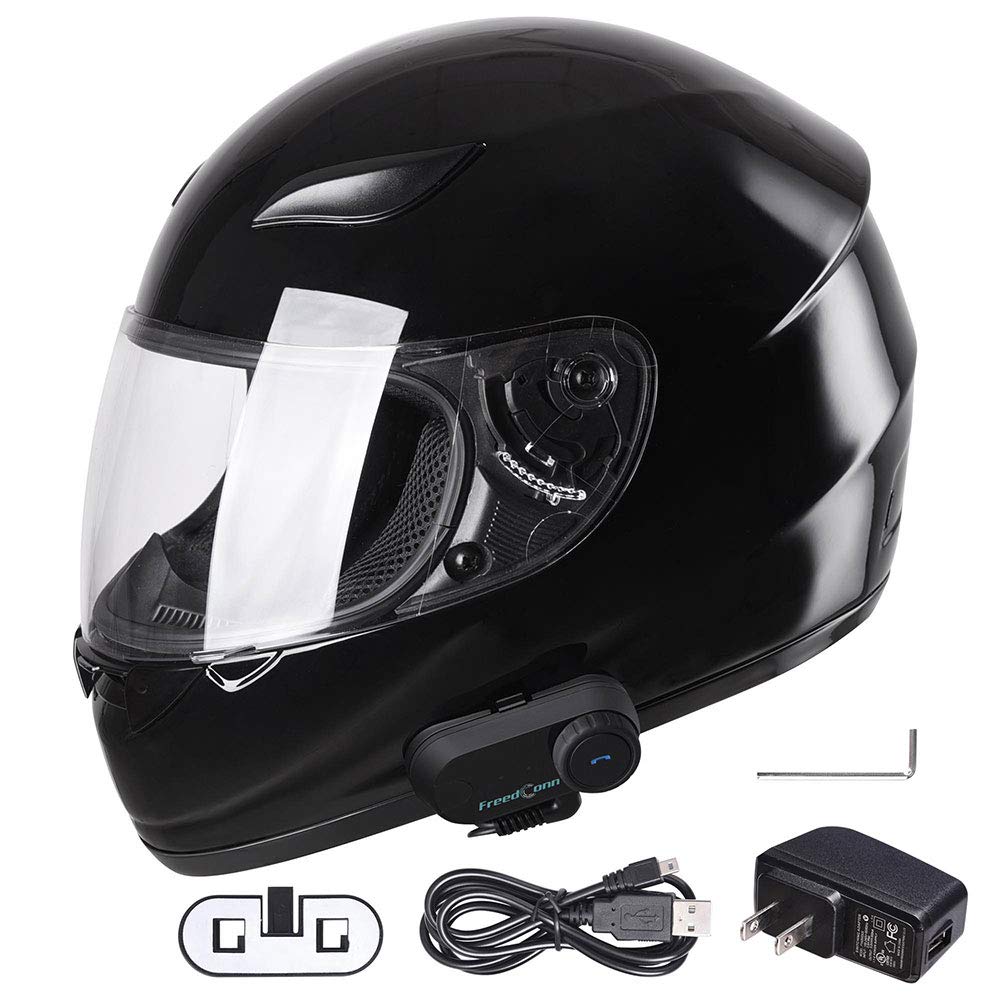 Conclusion
Conclusion